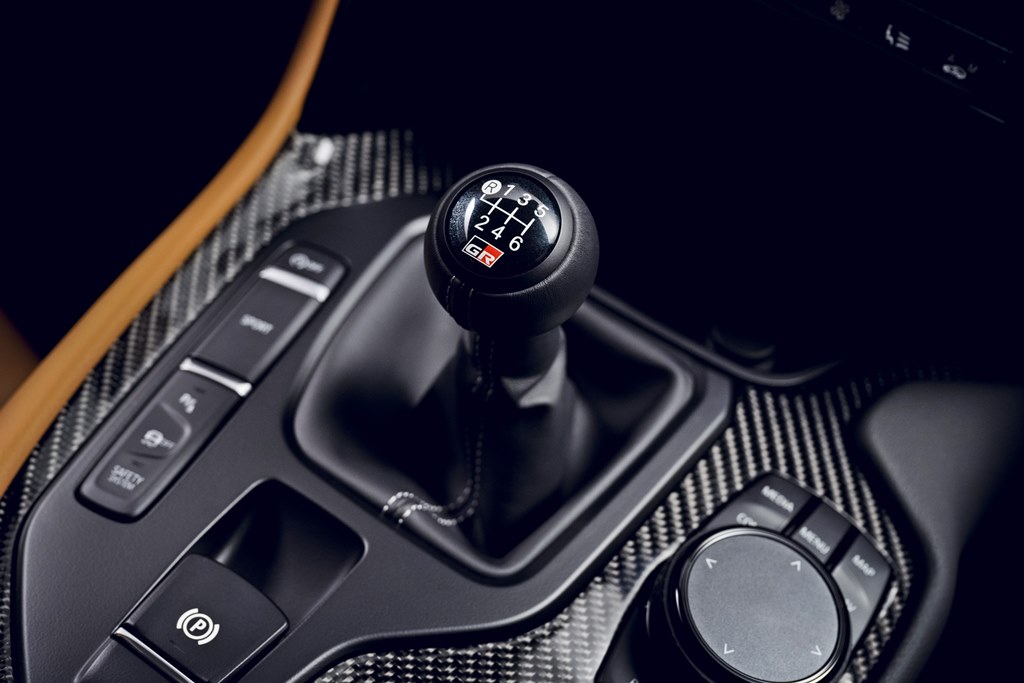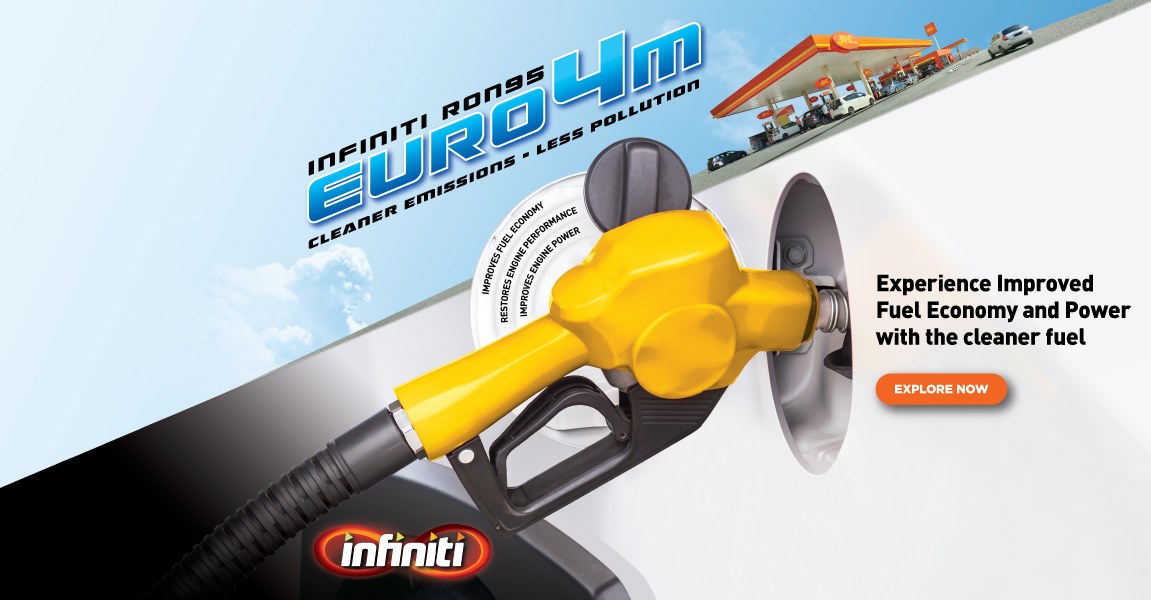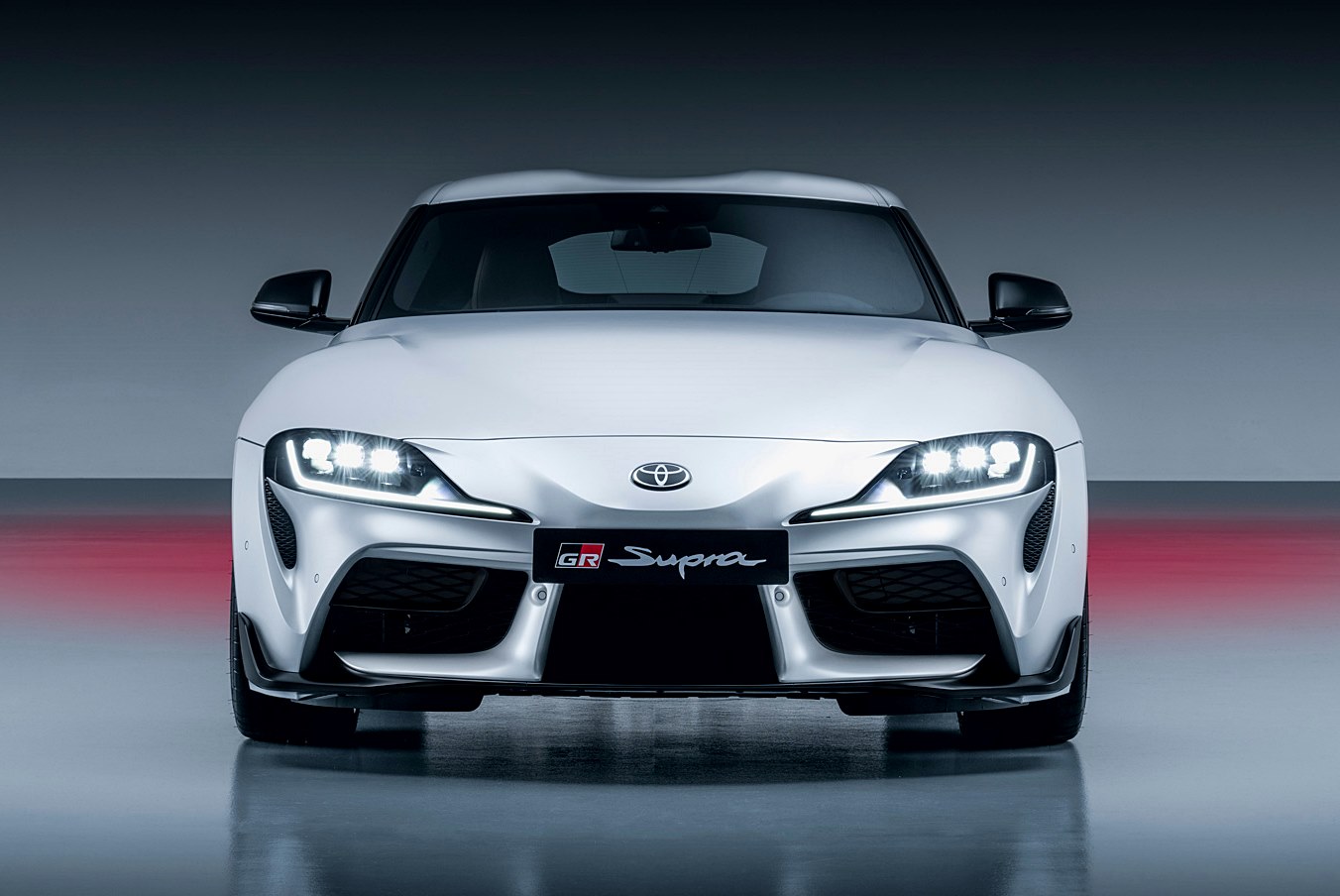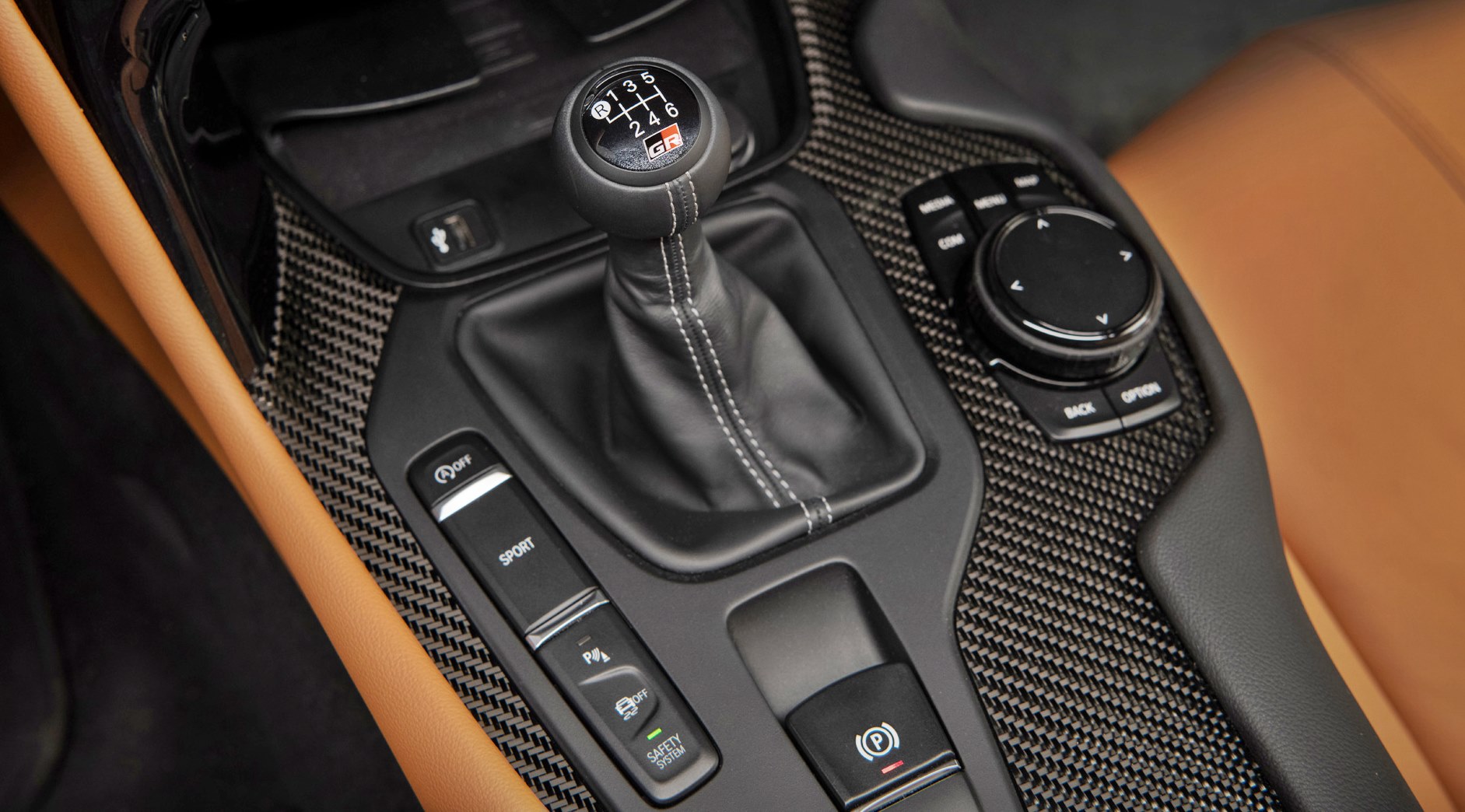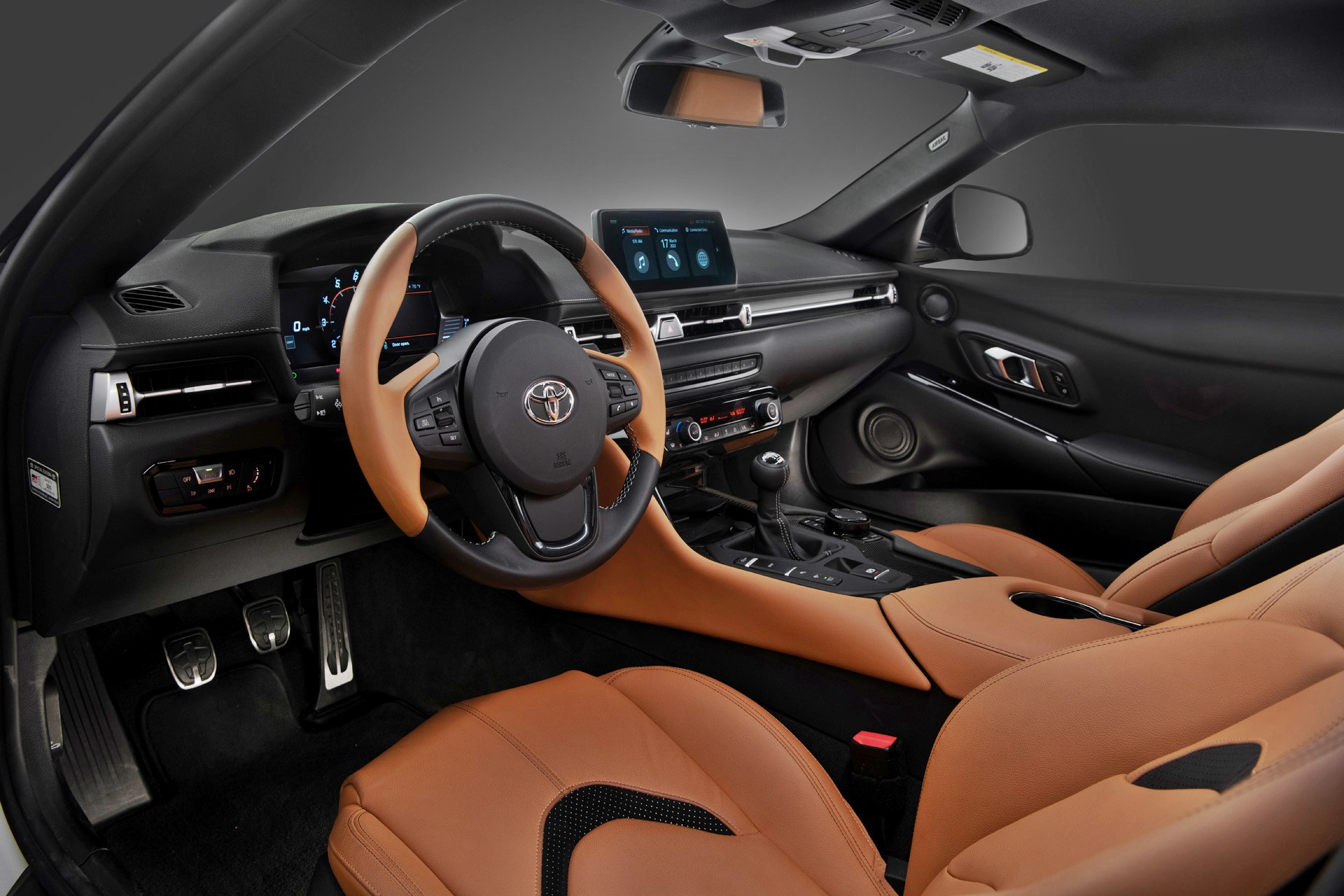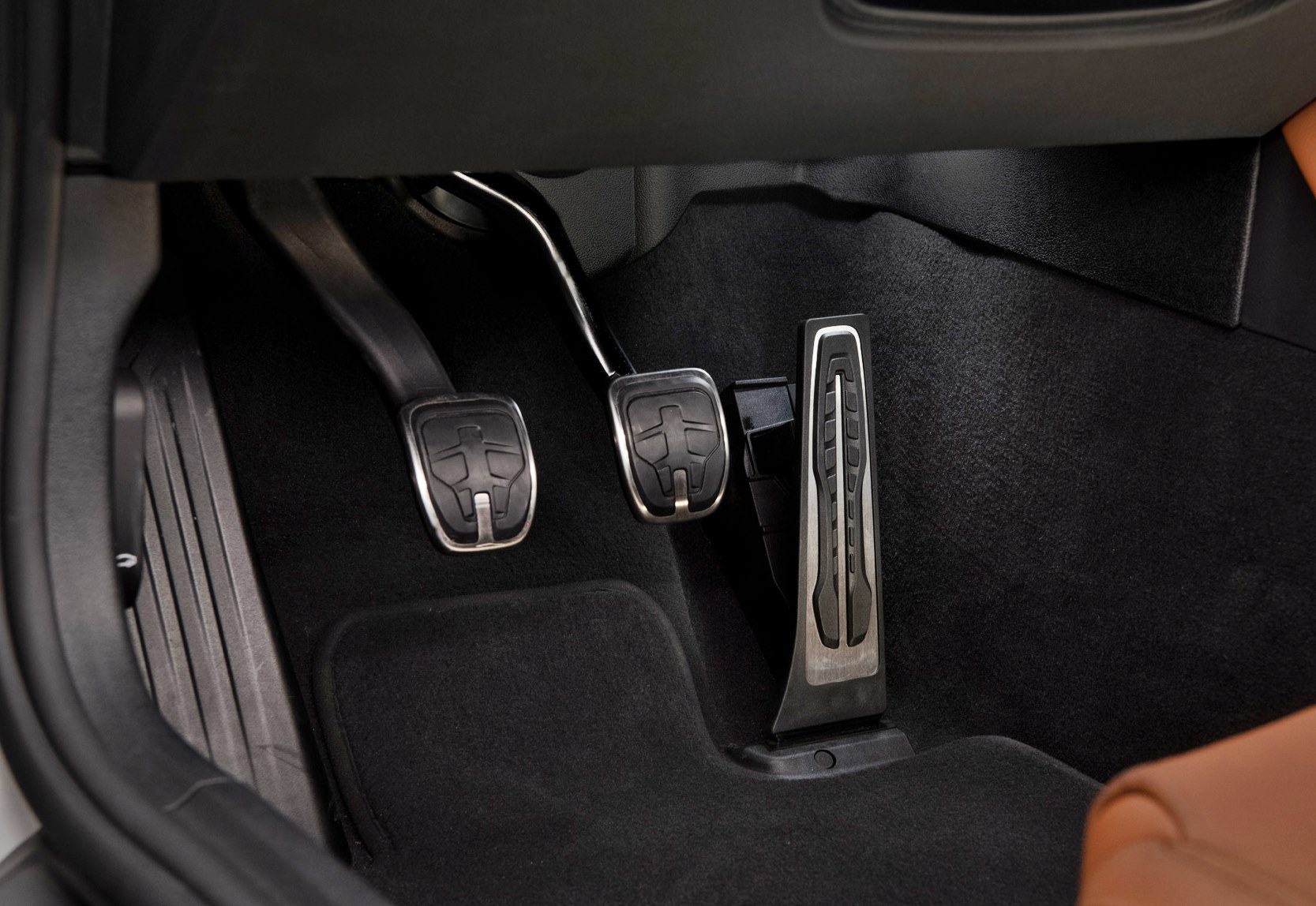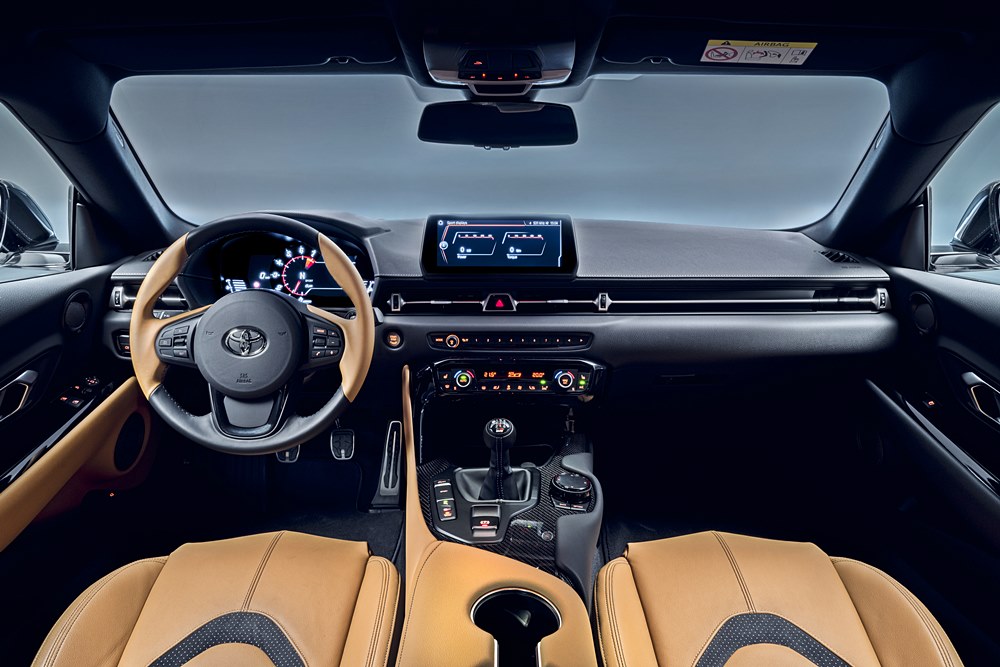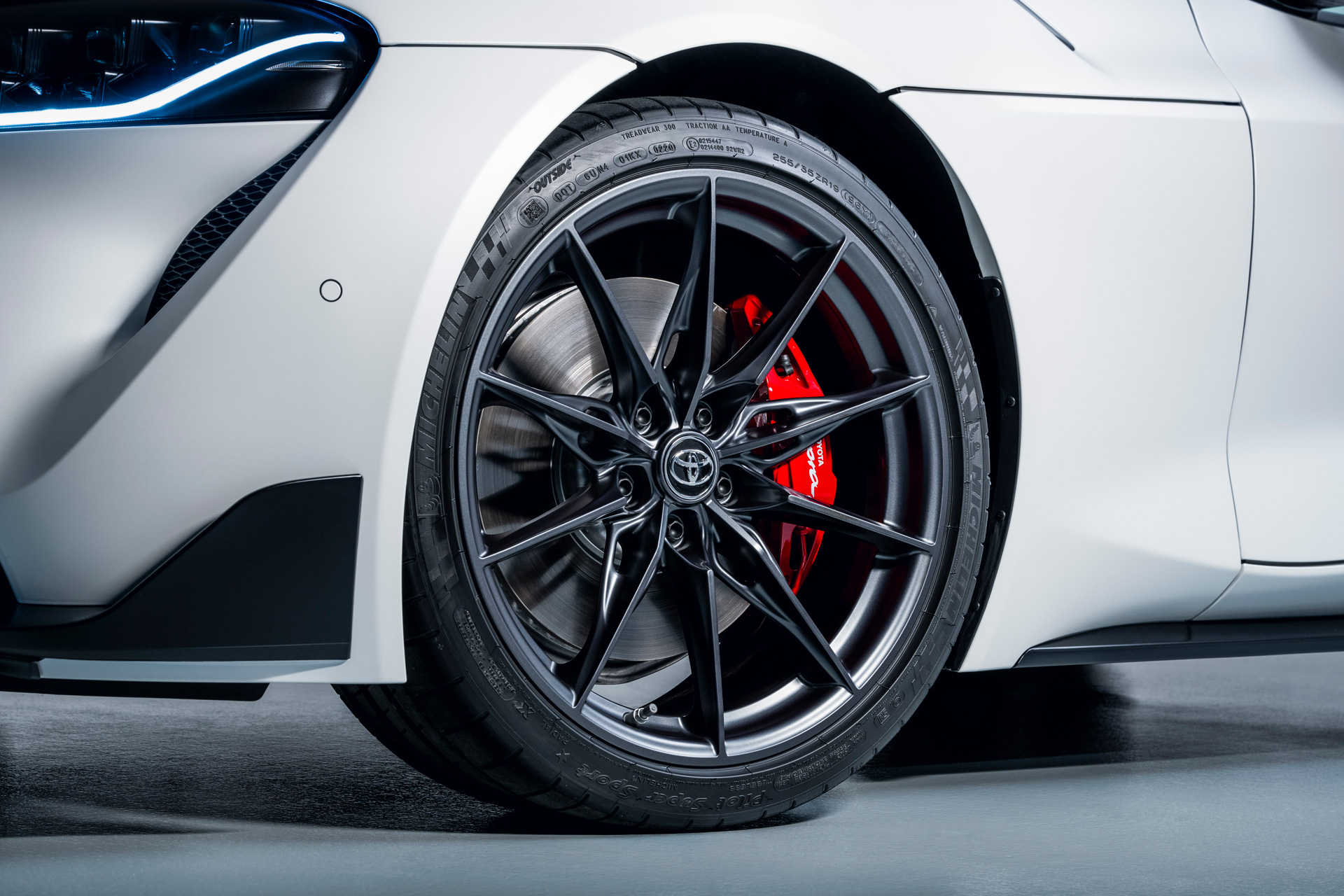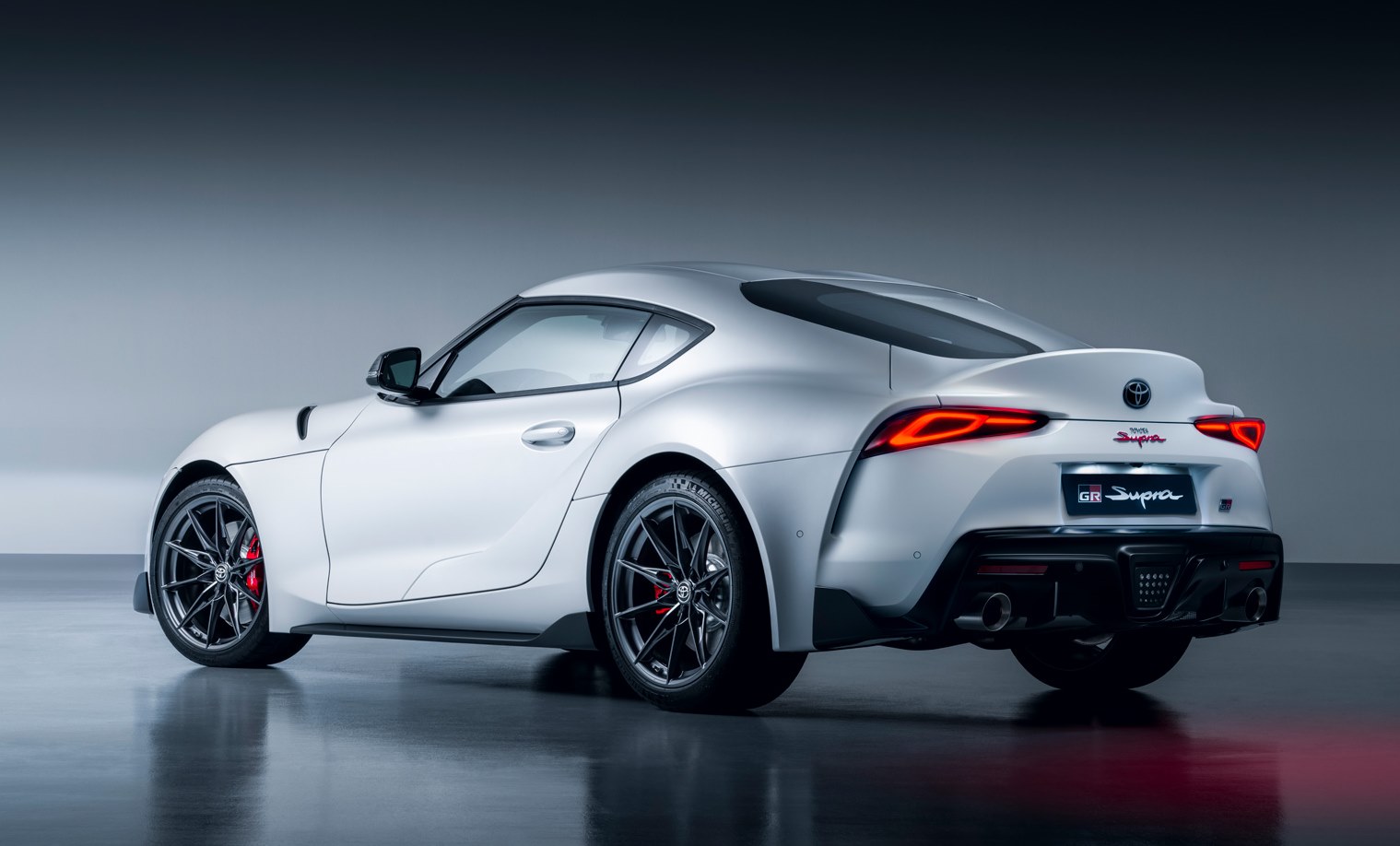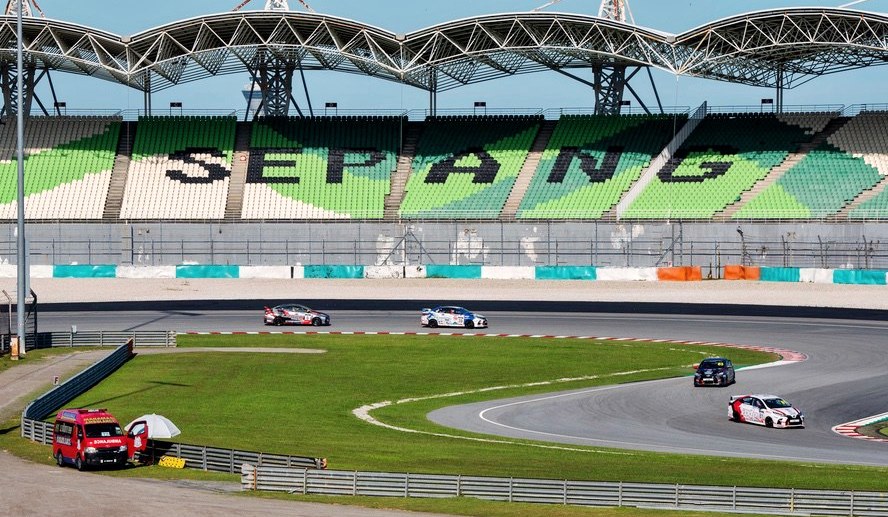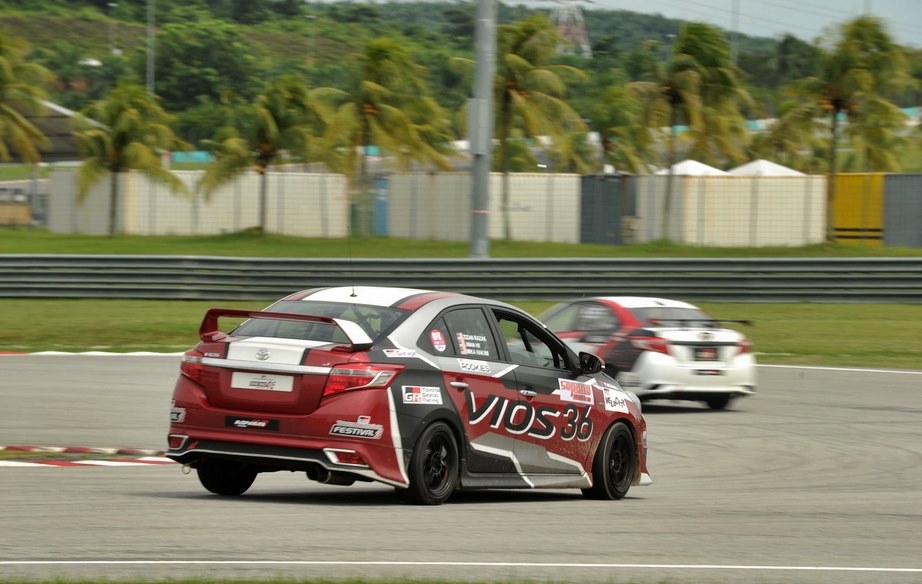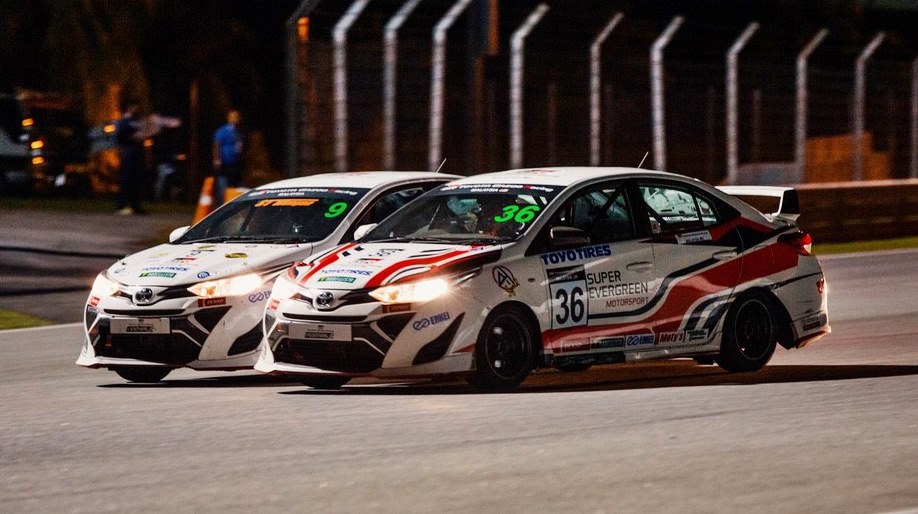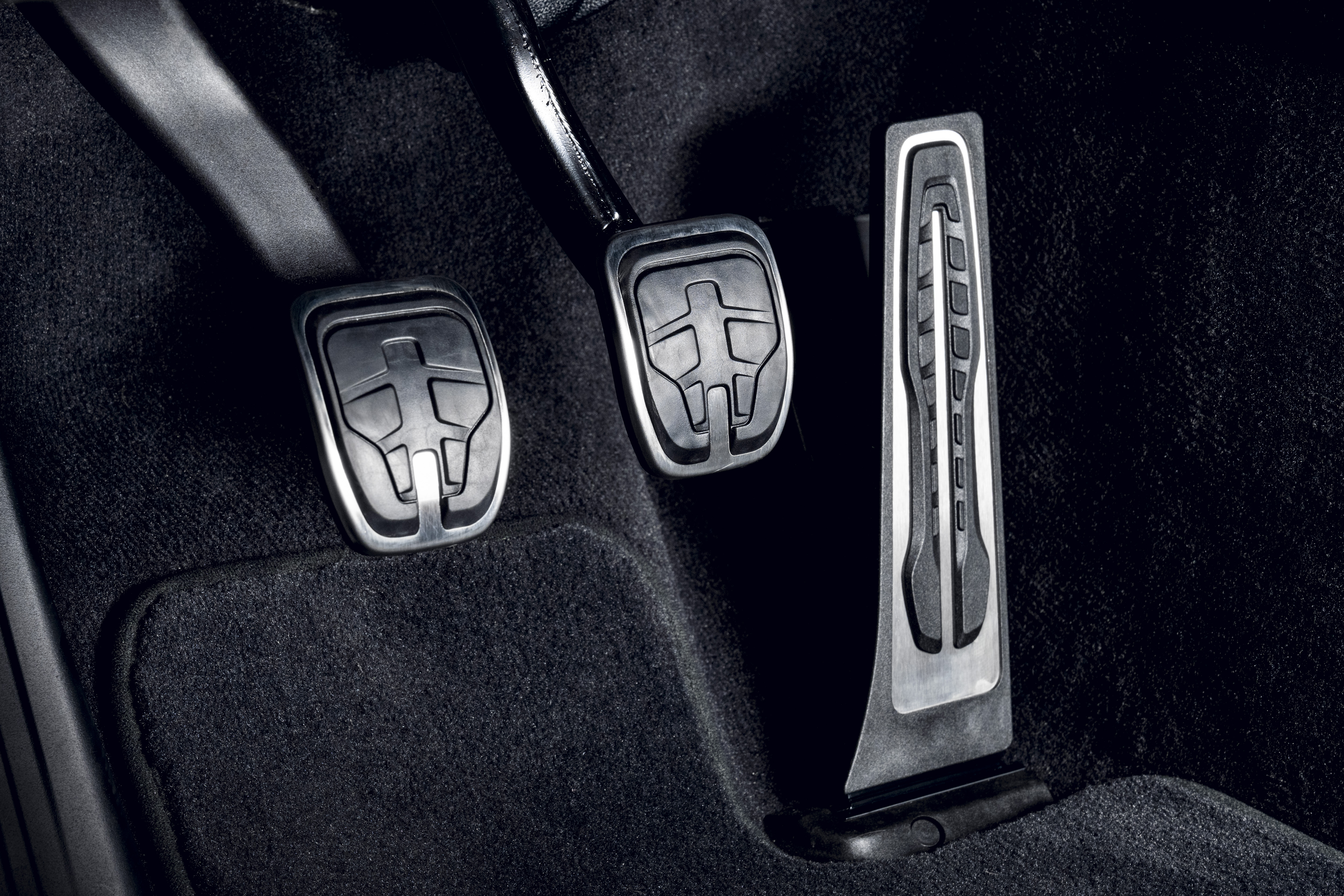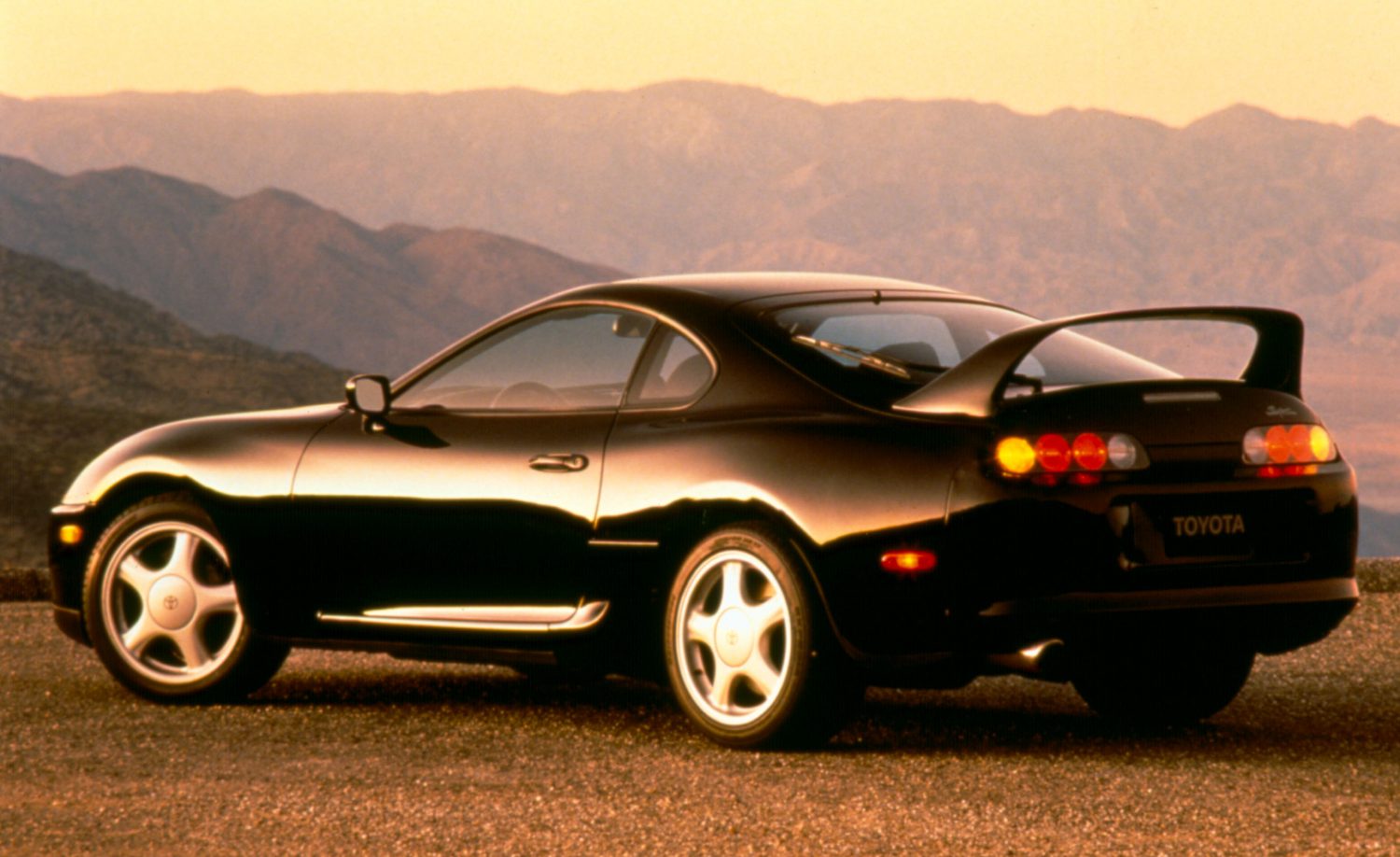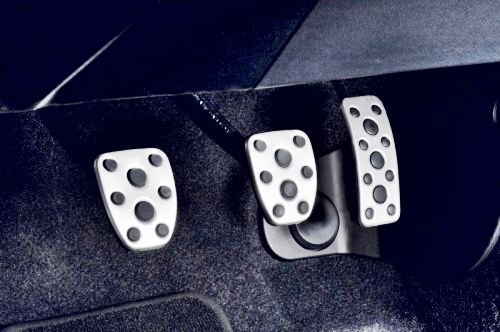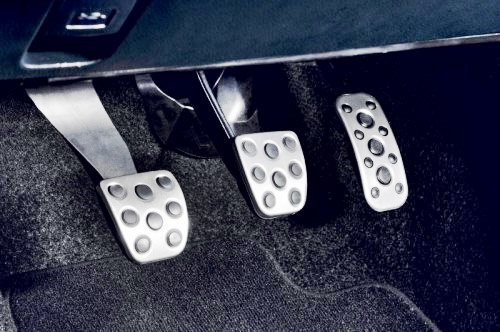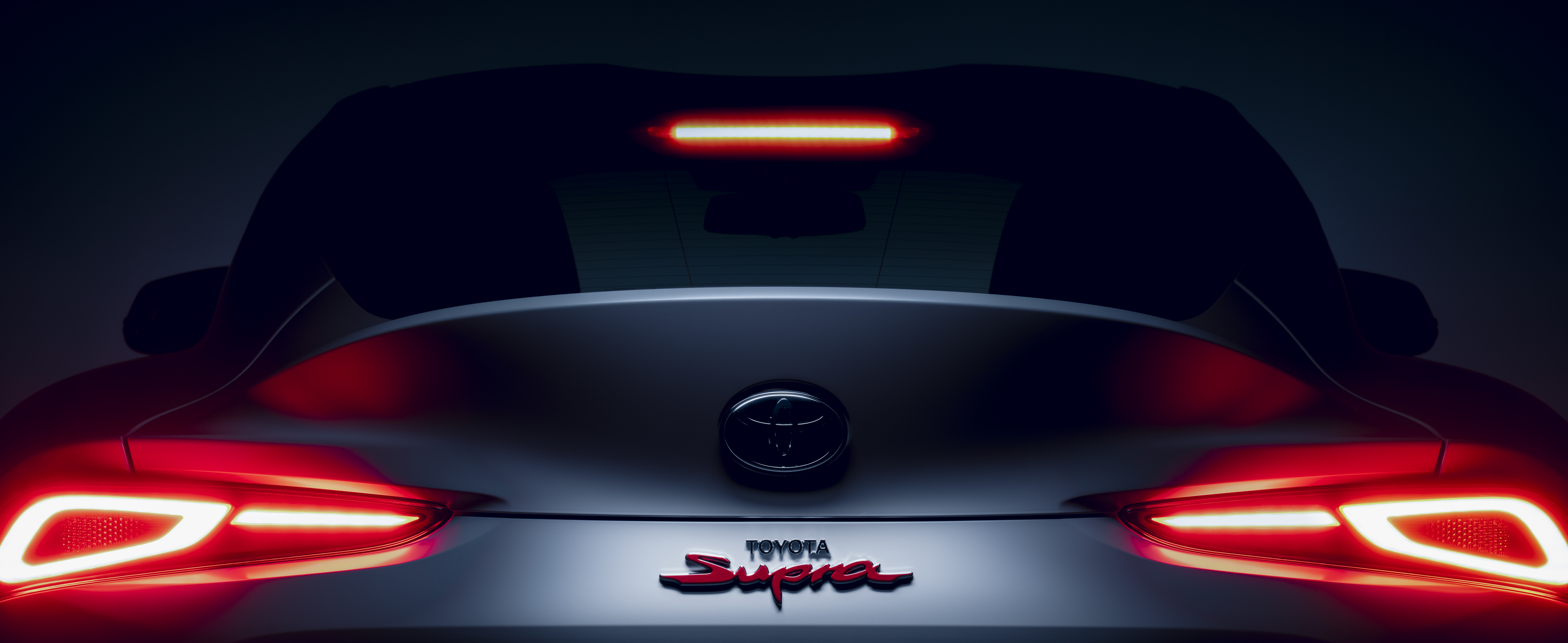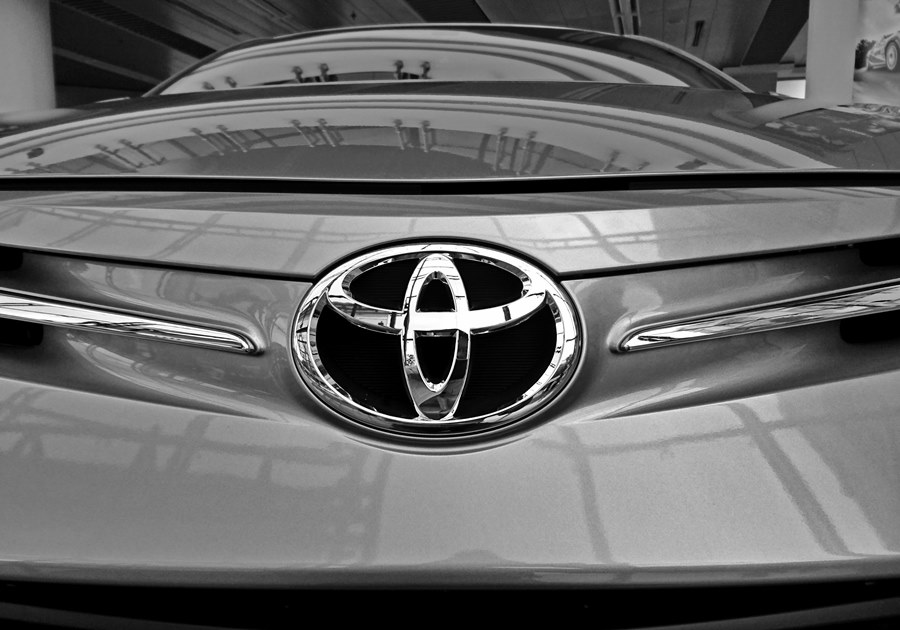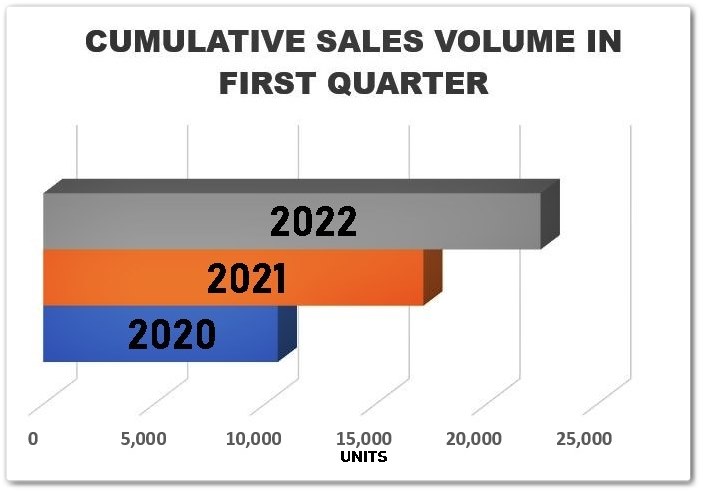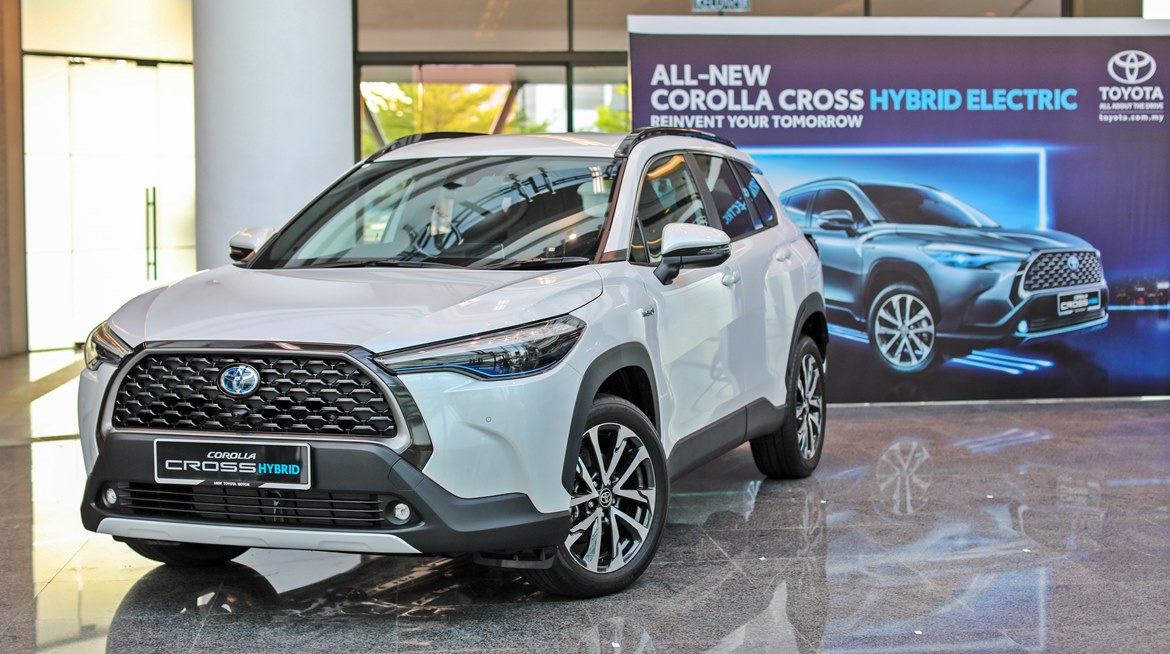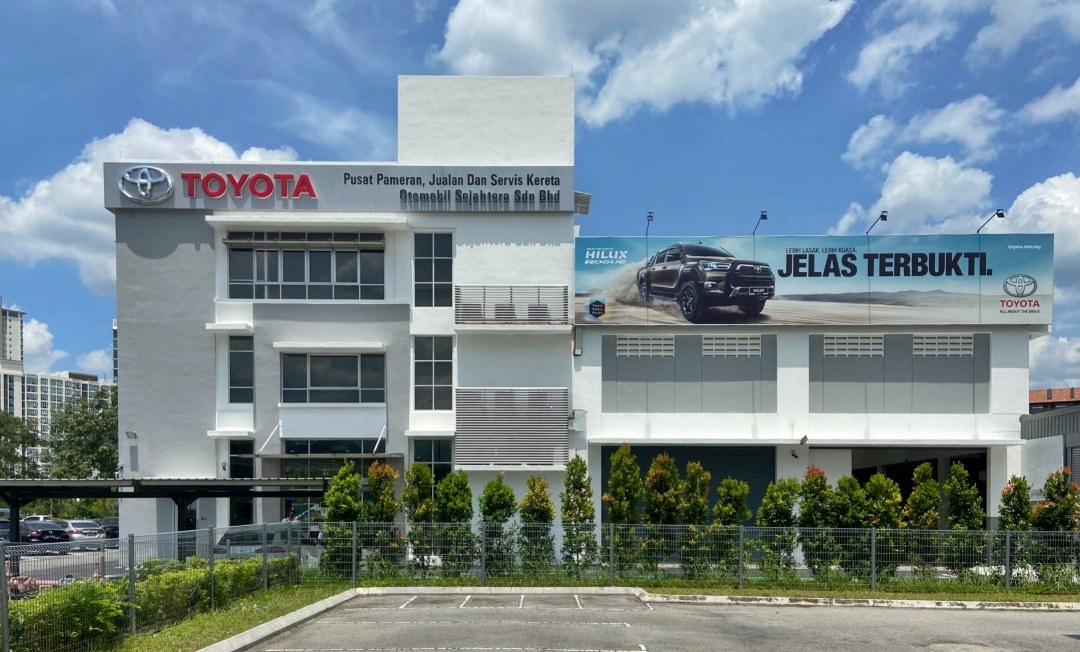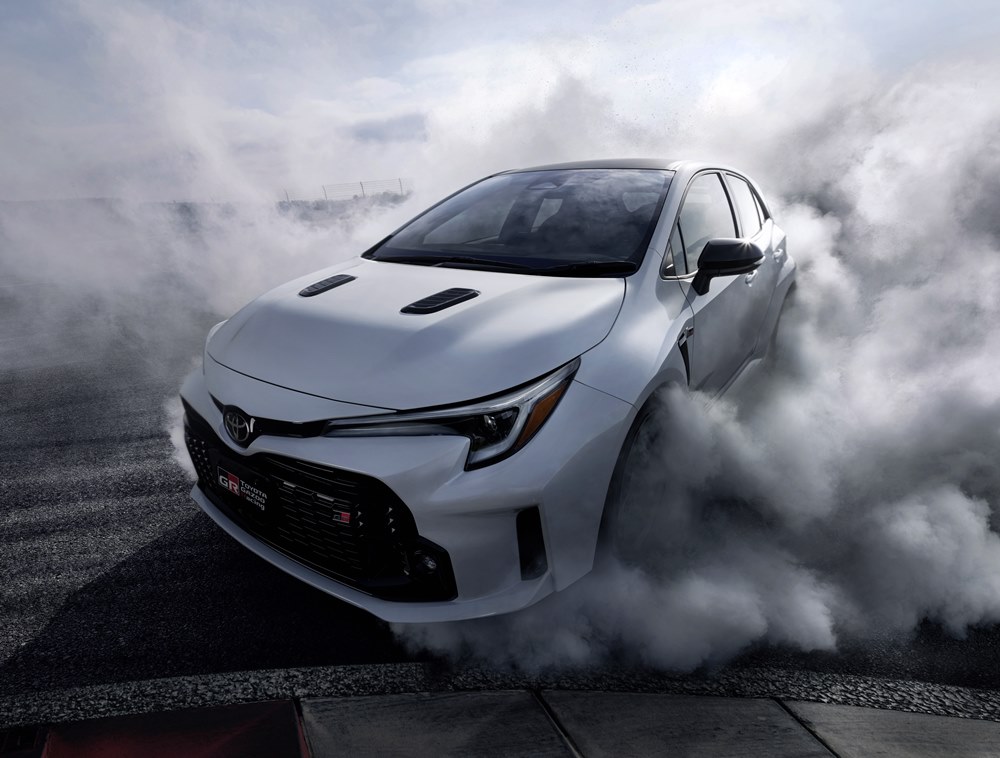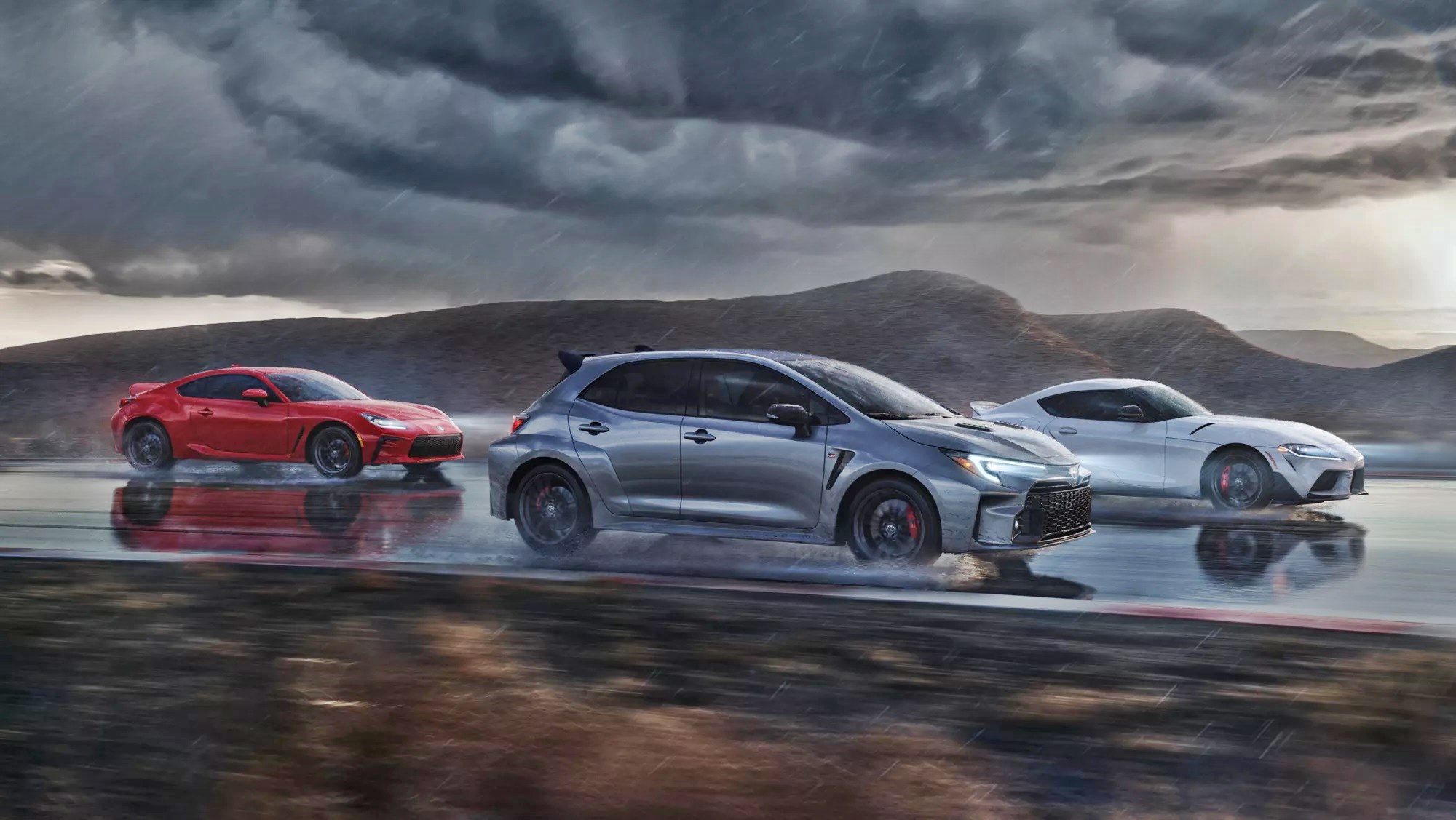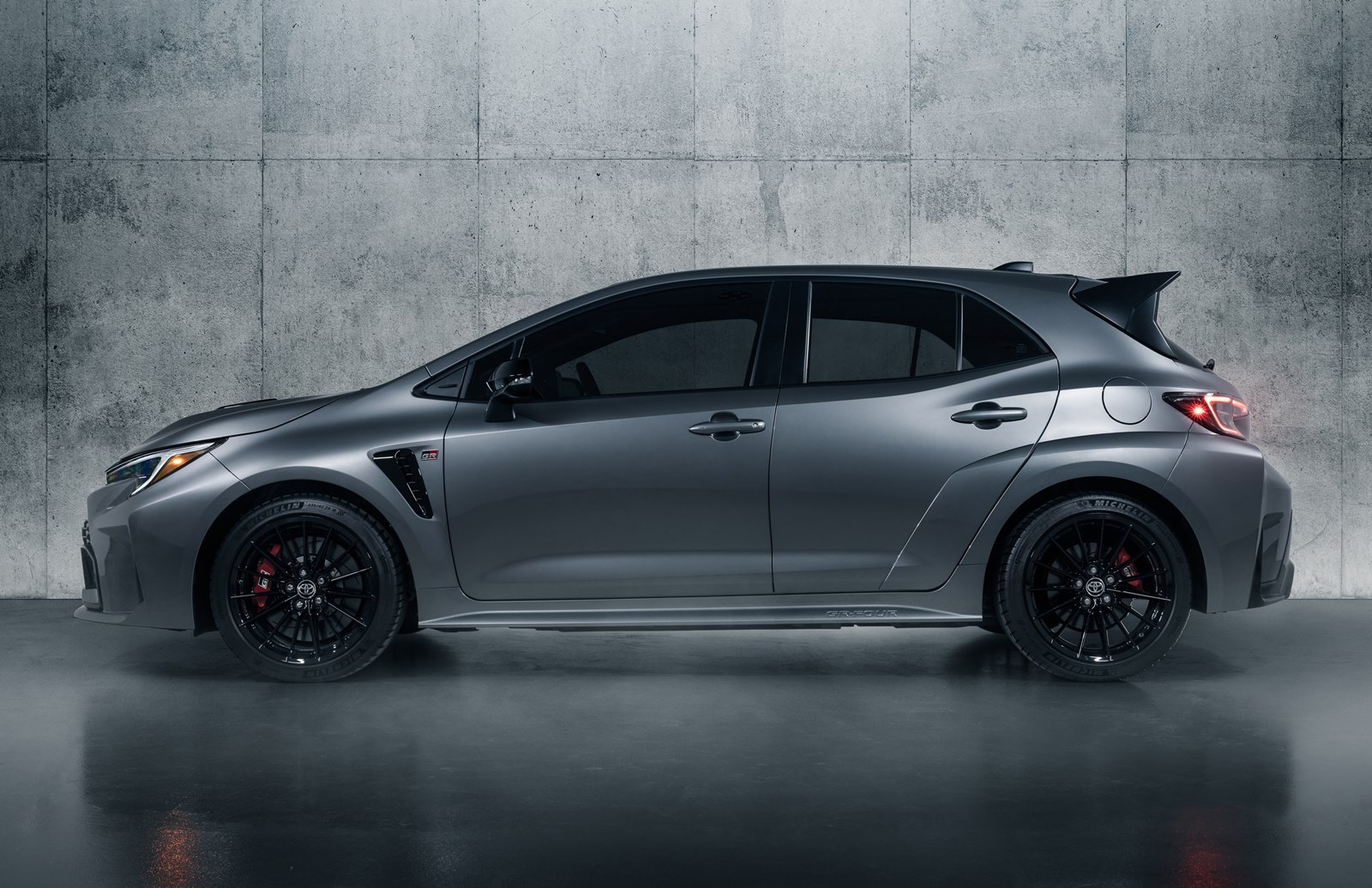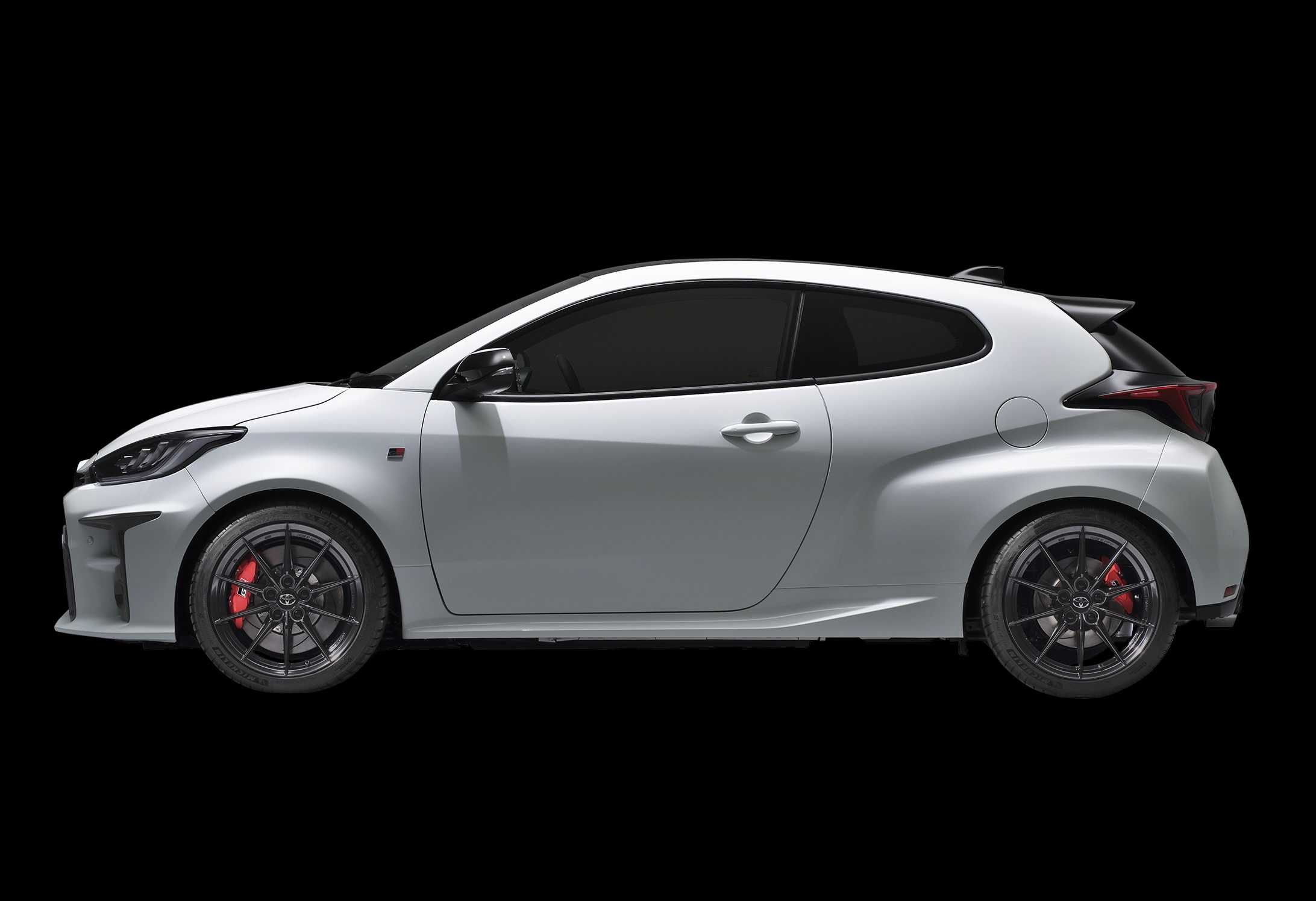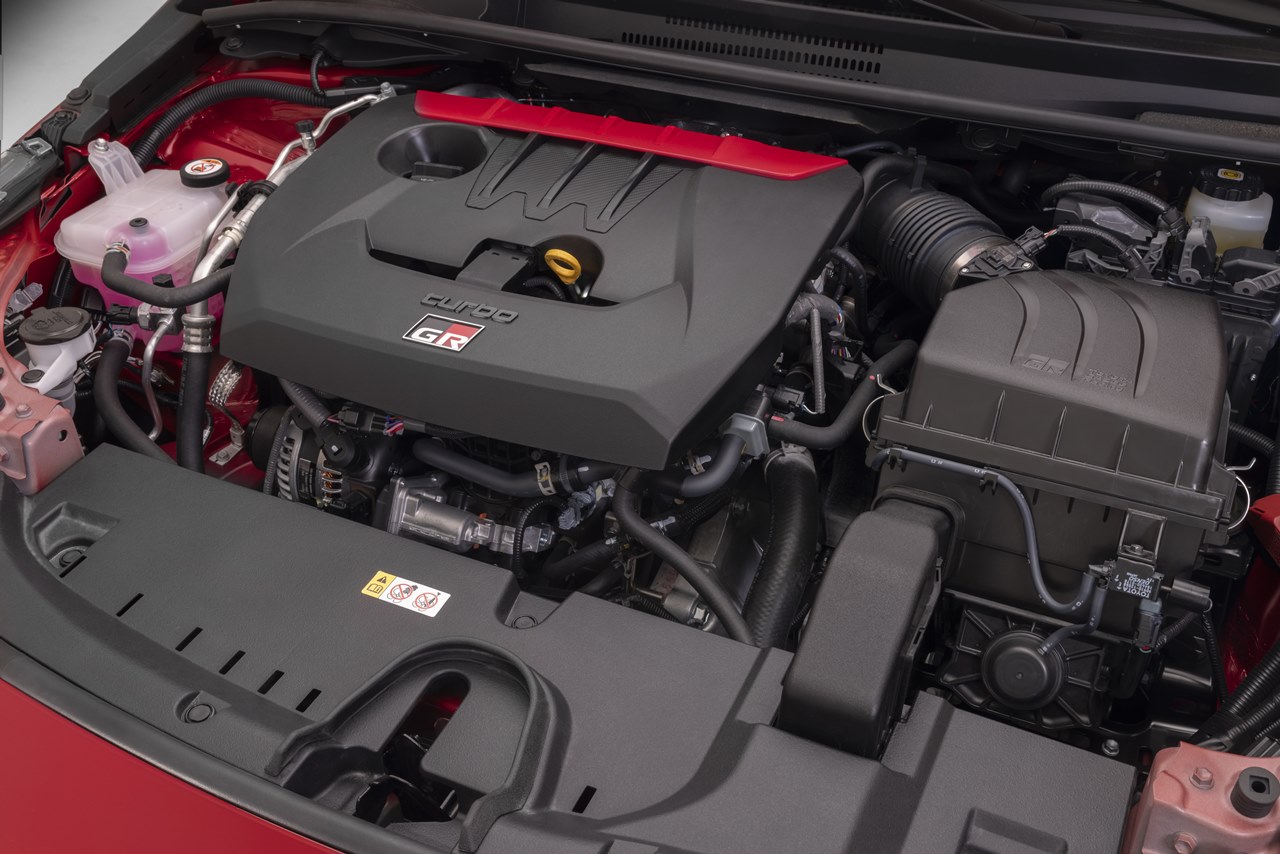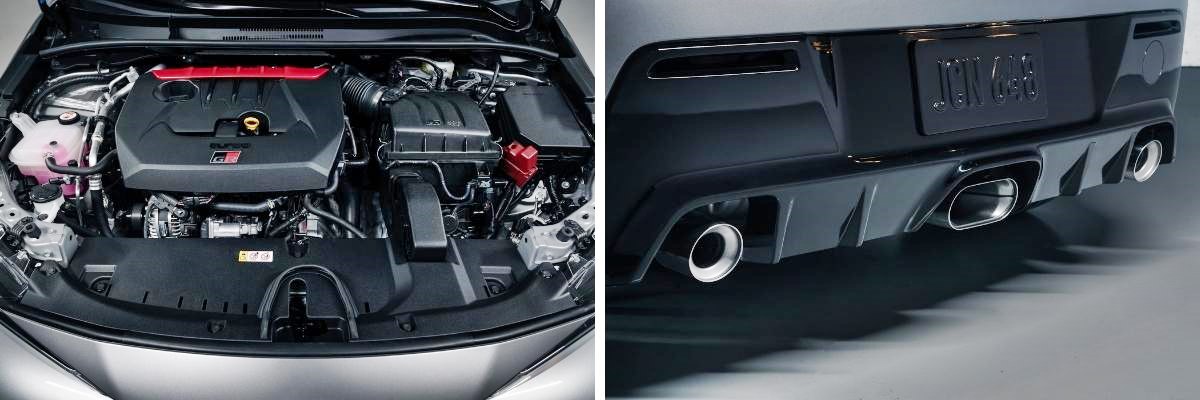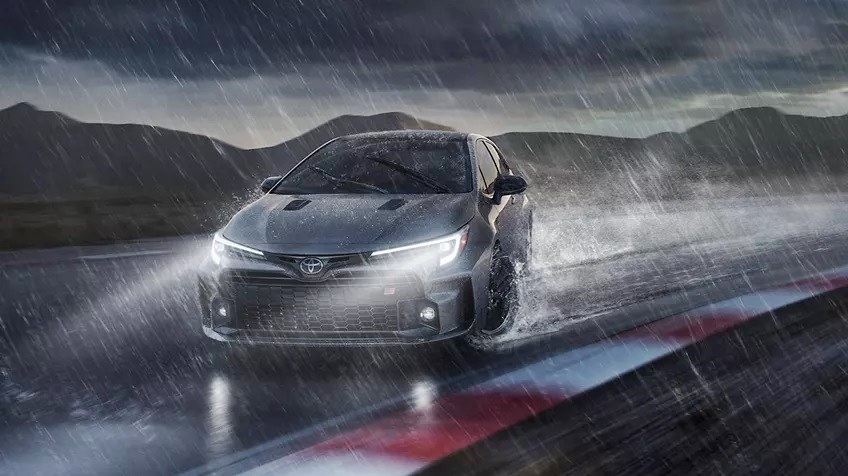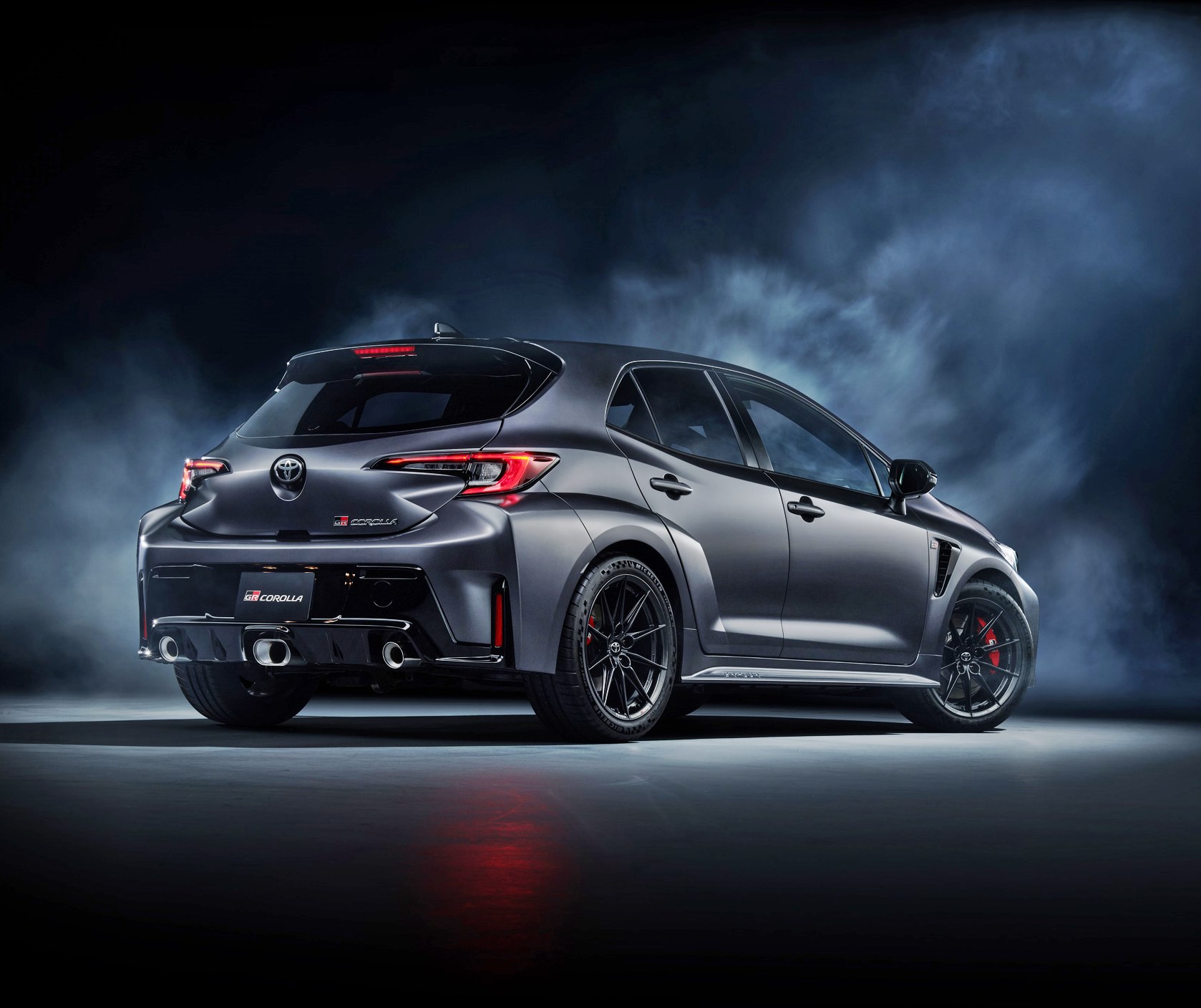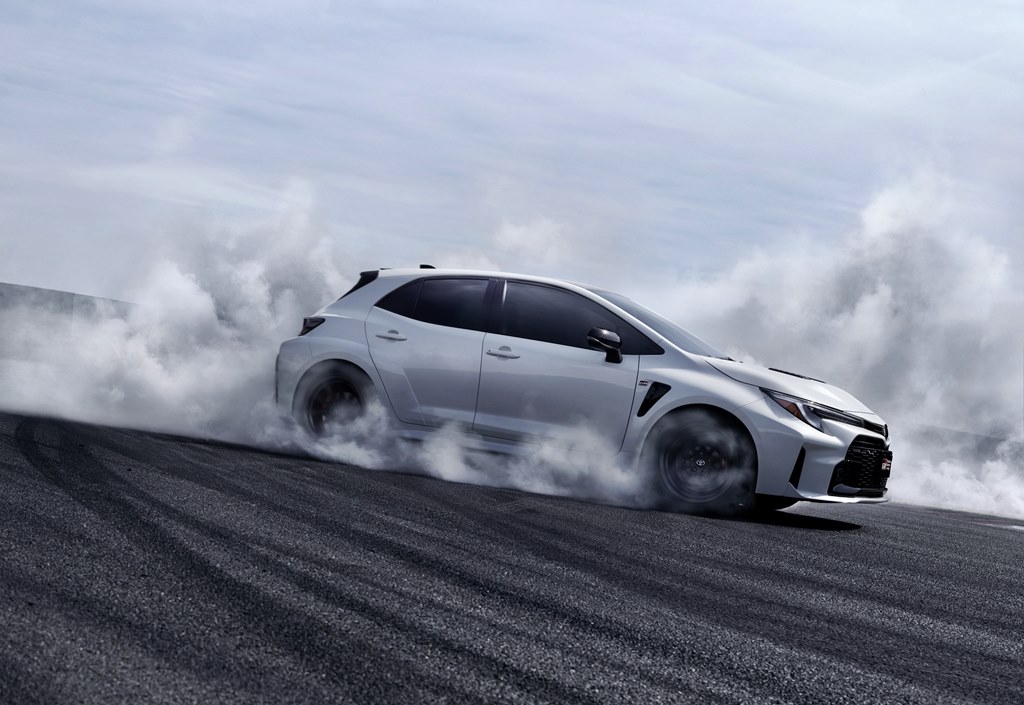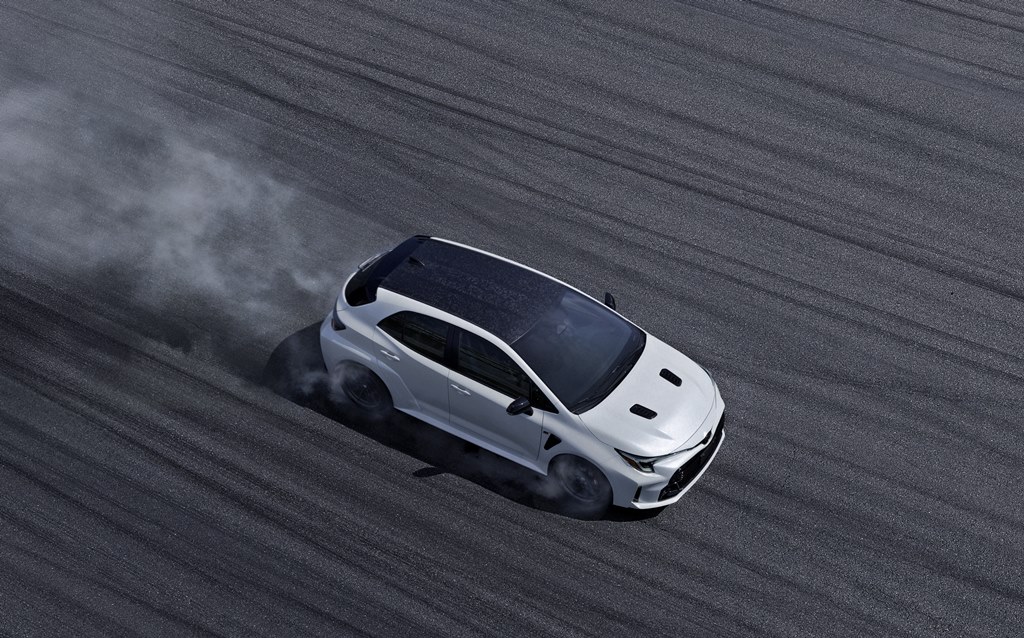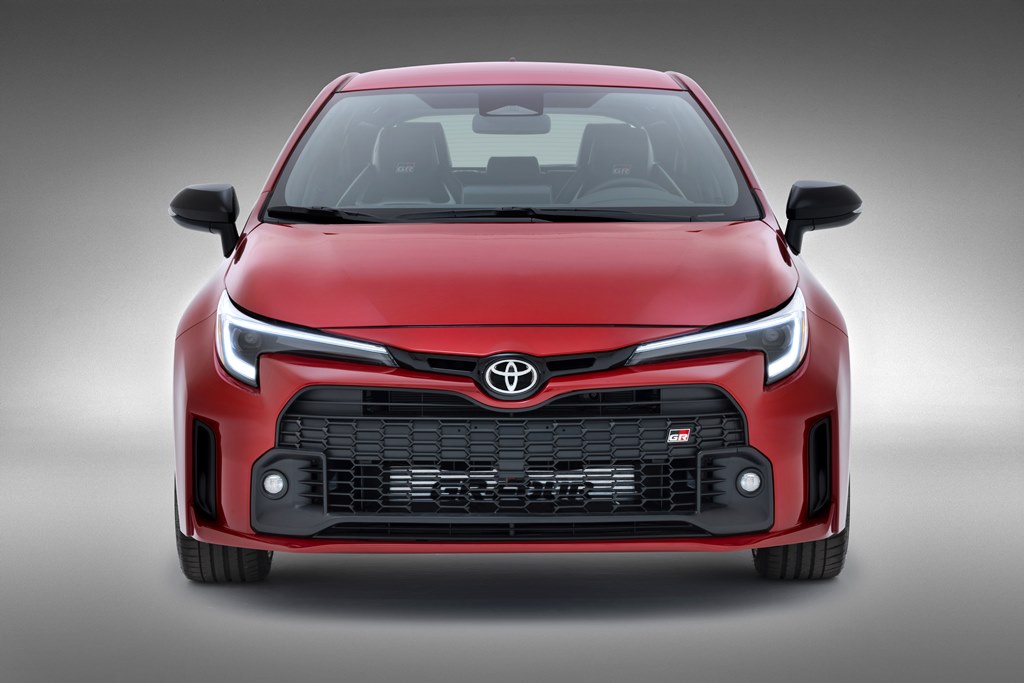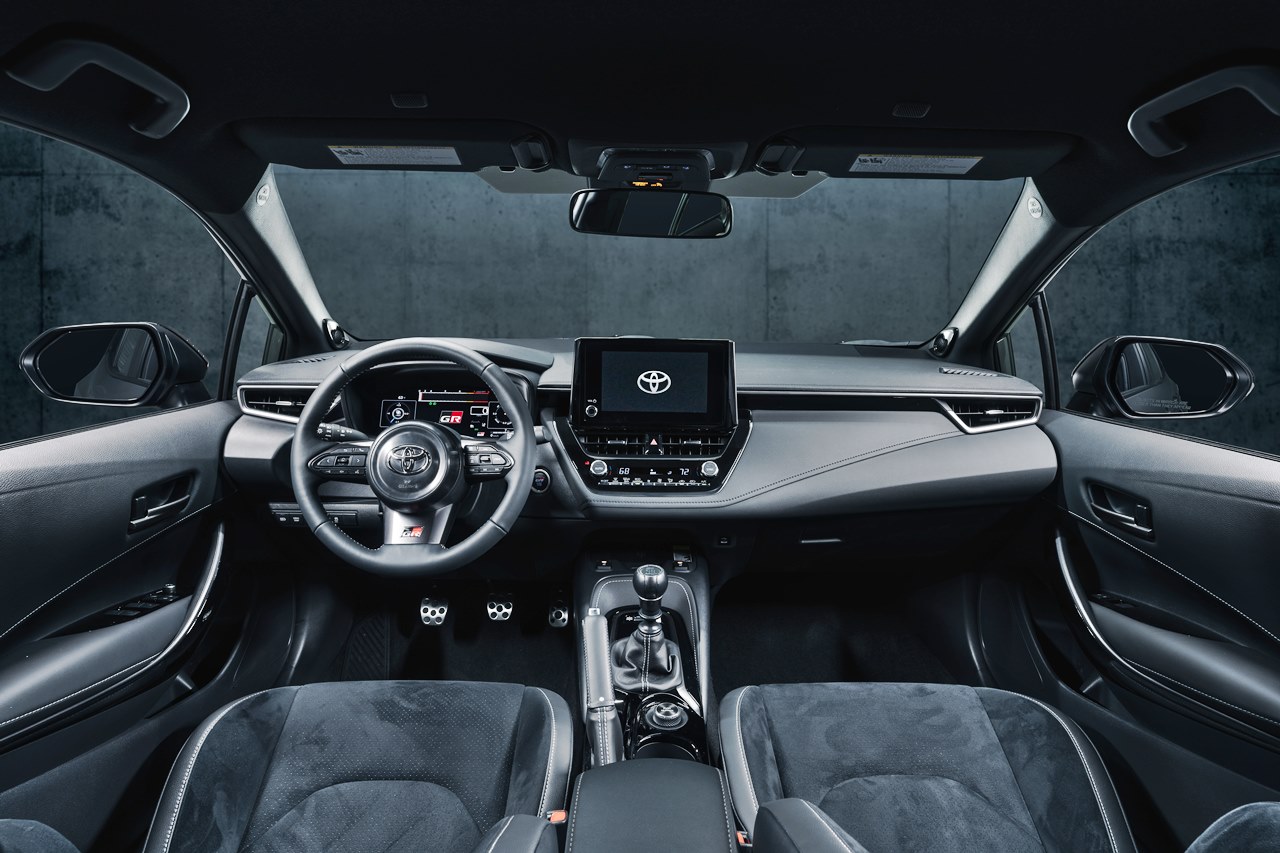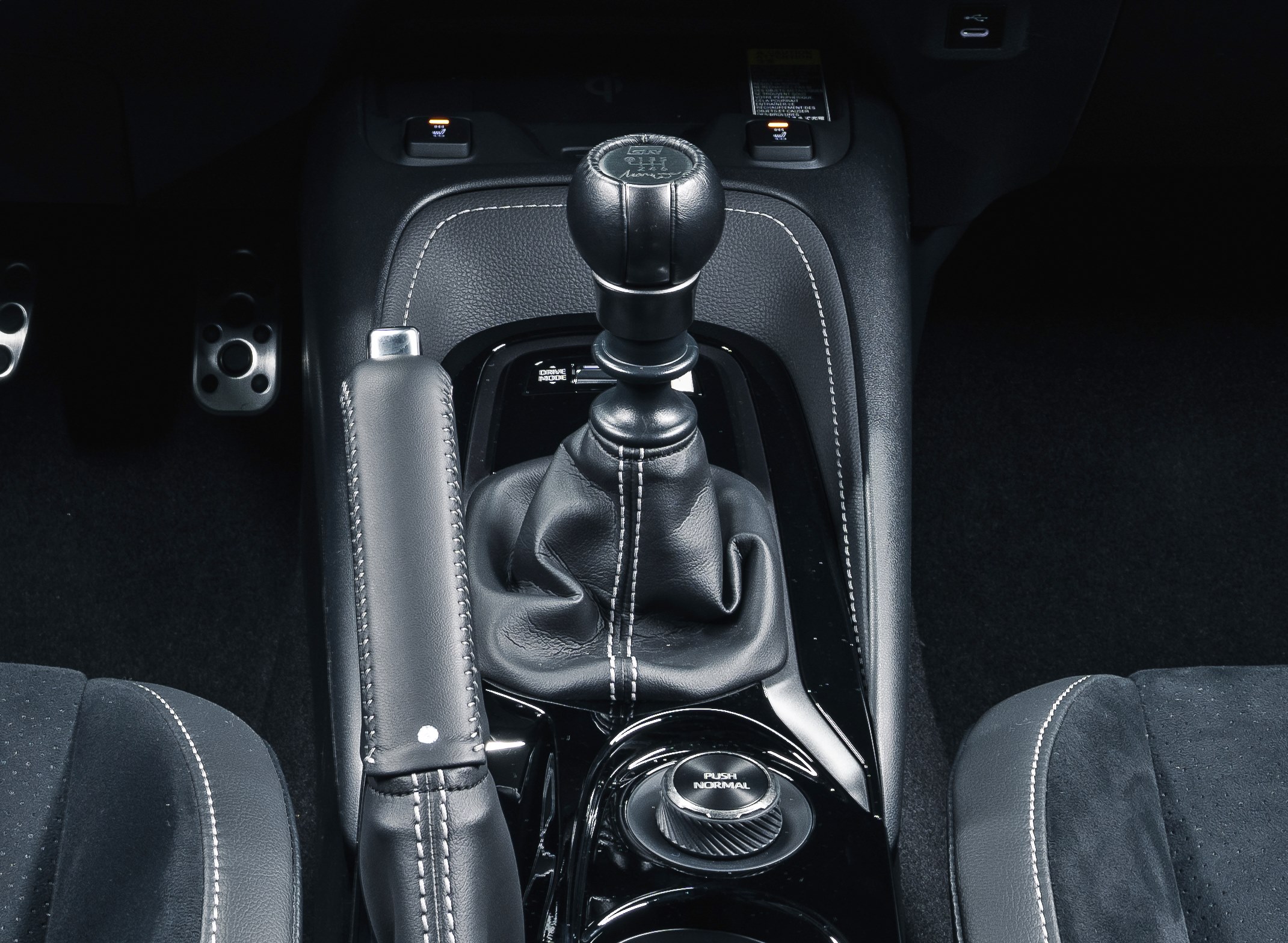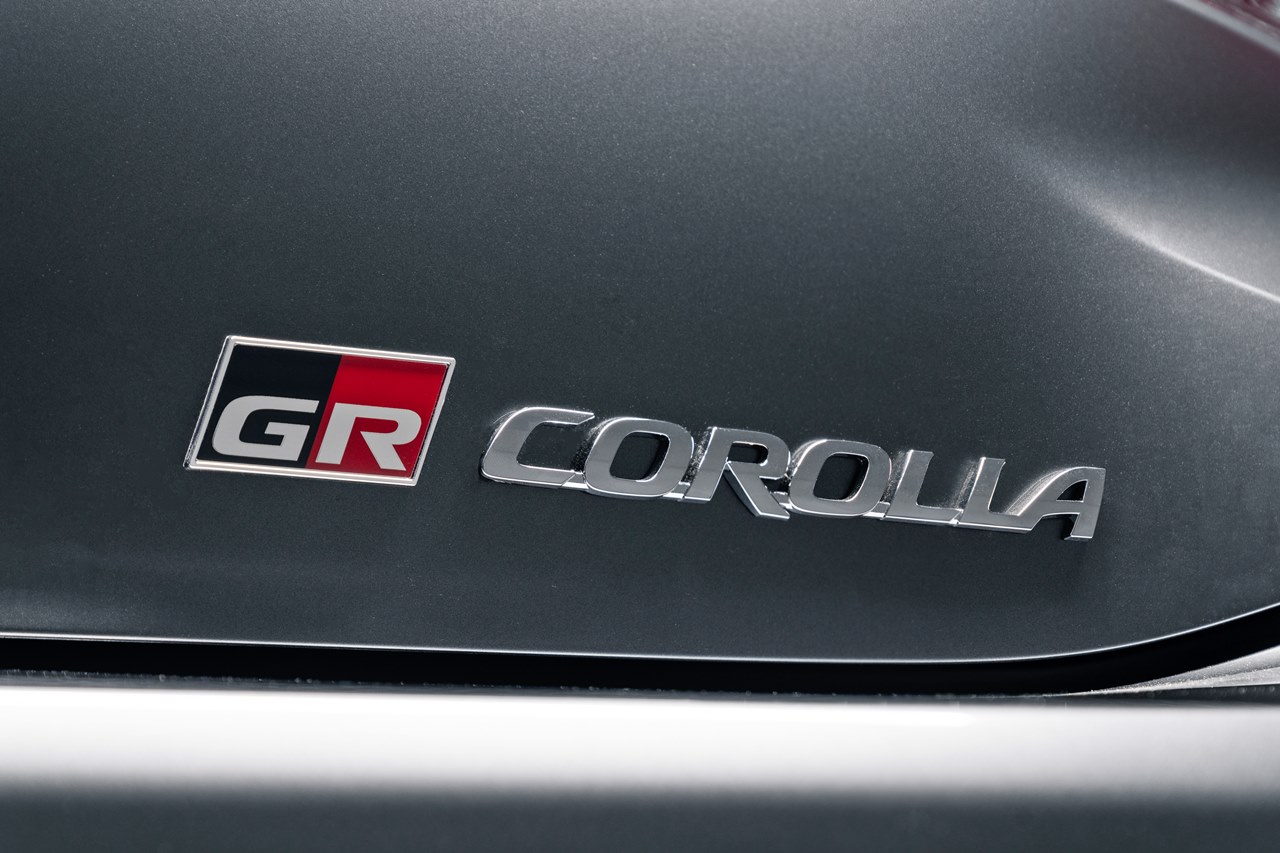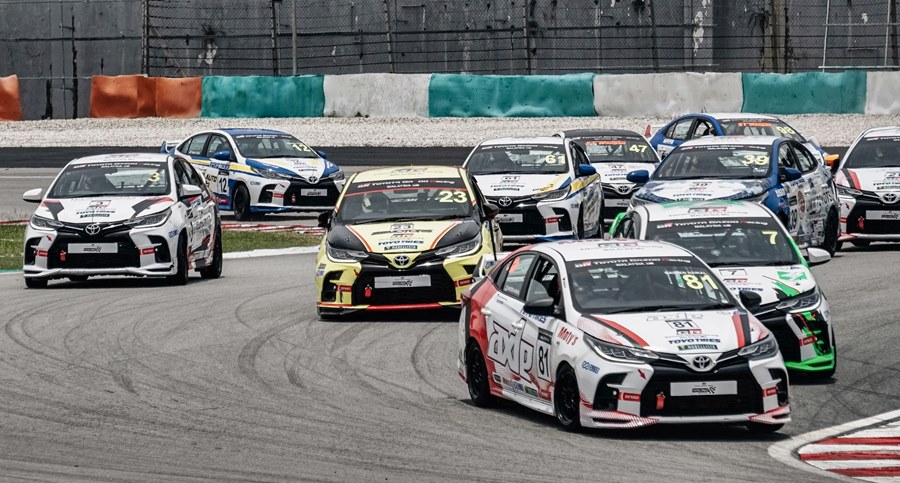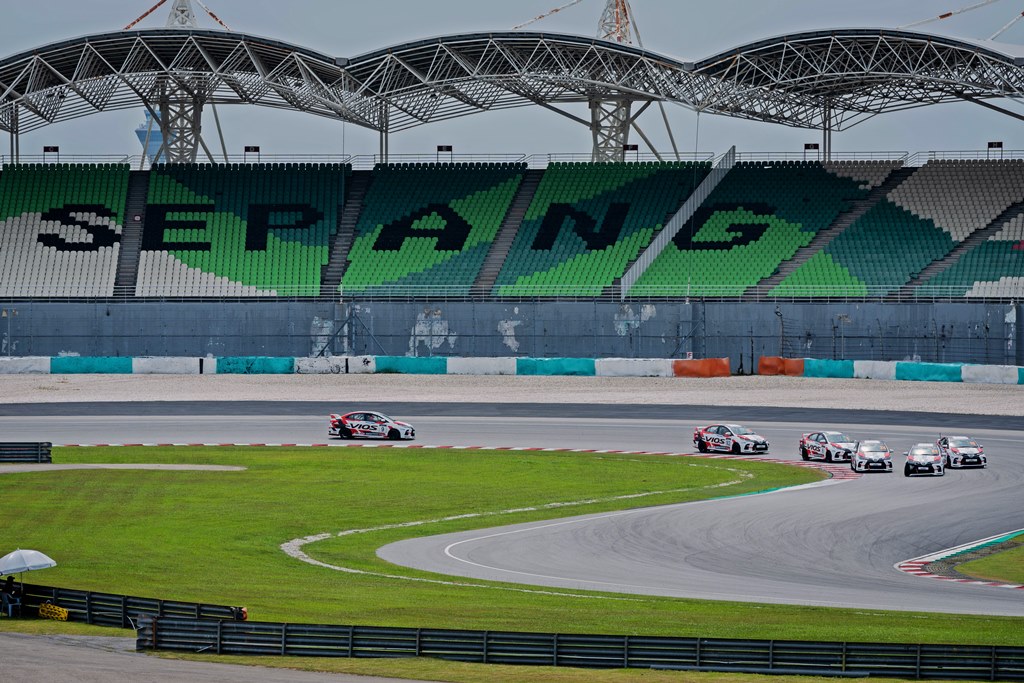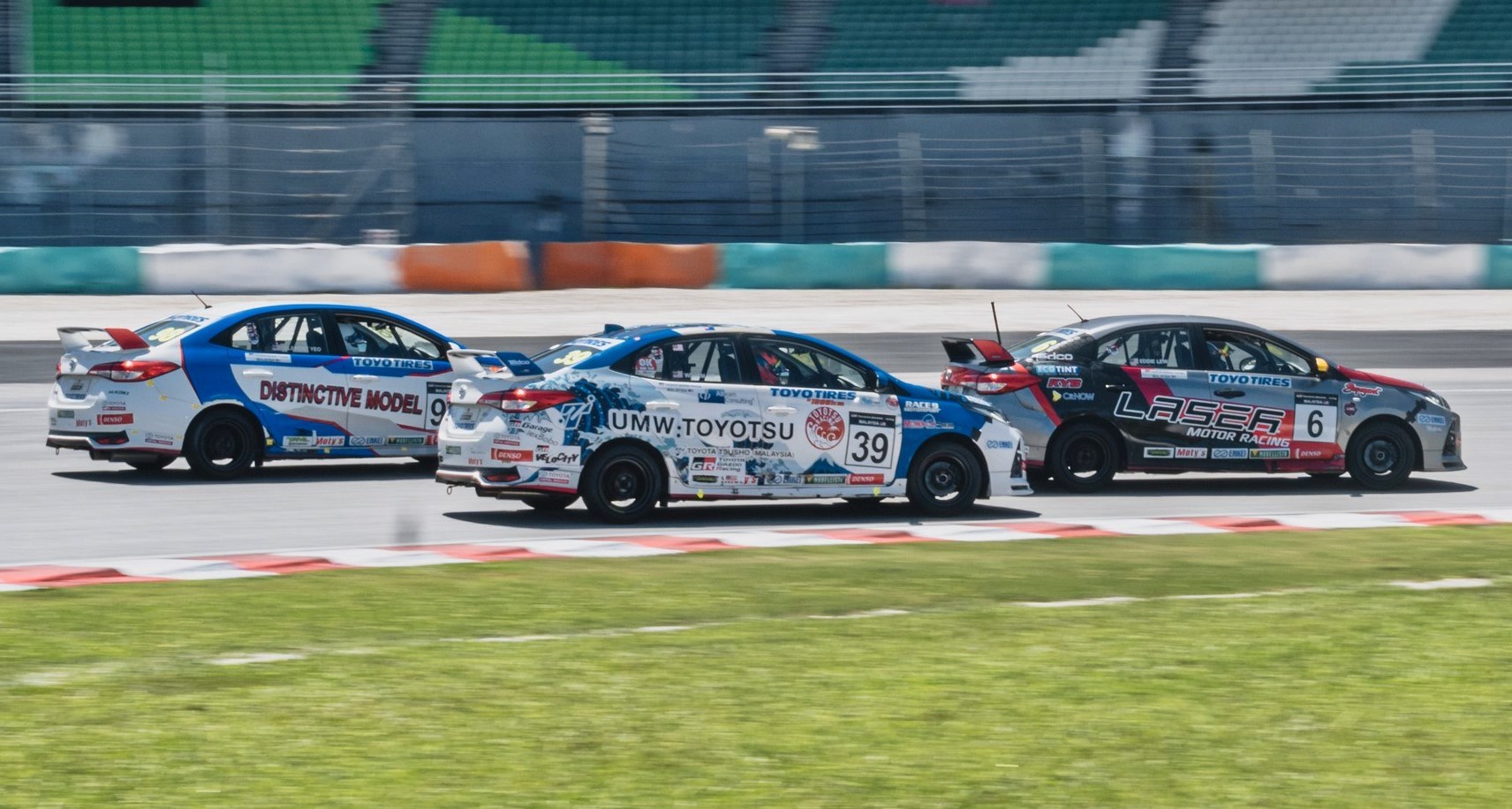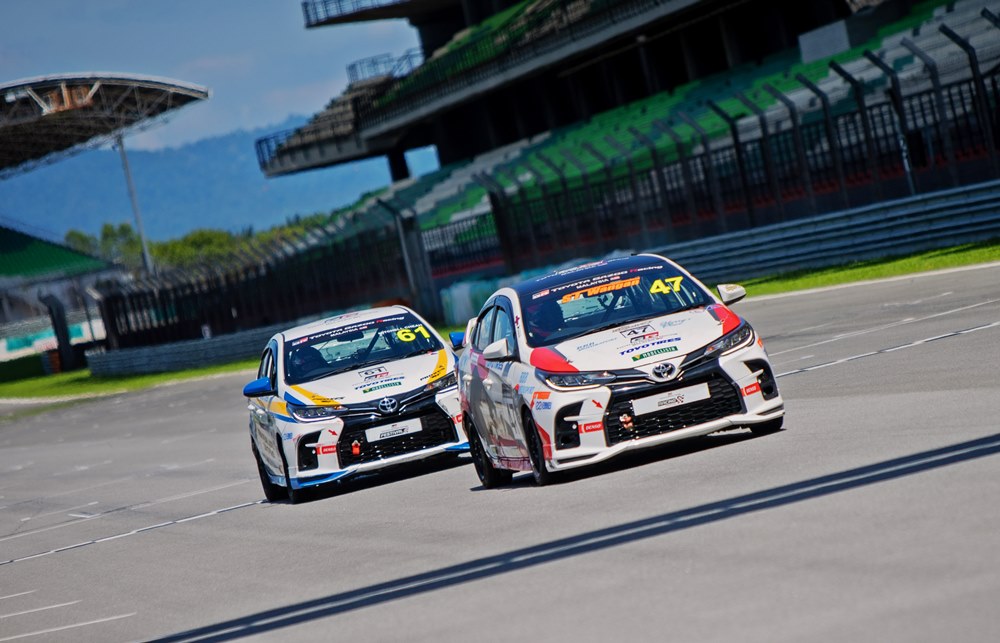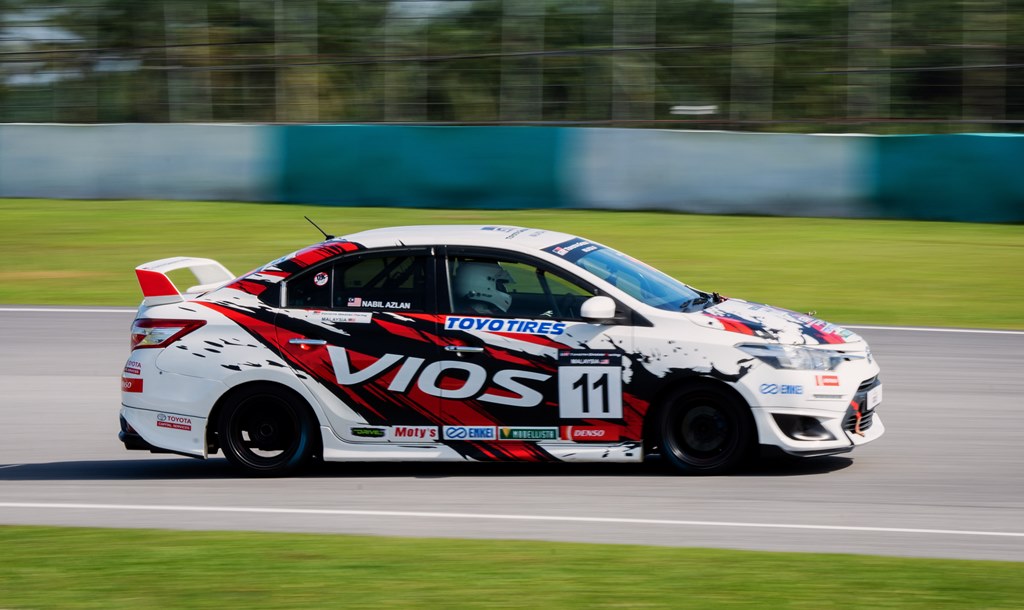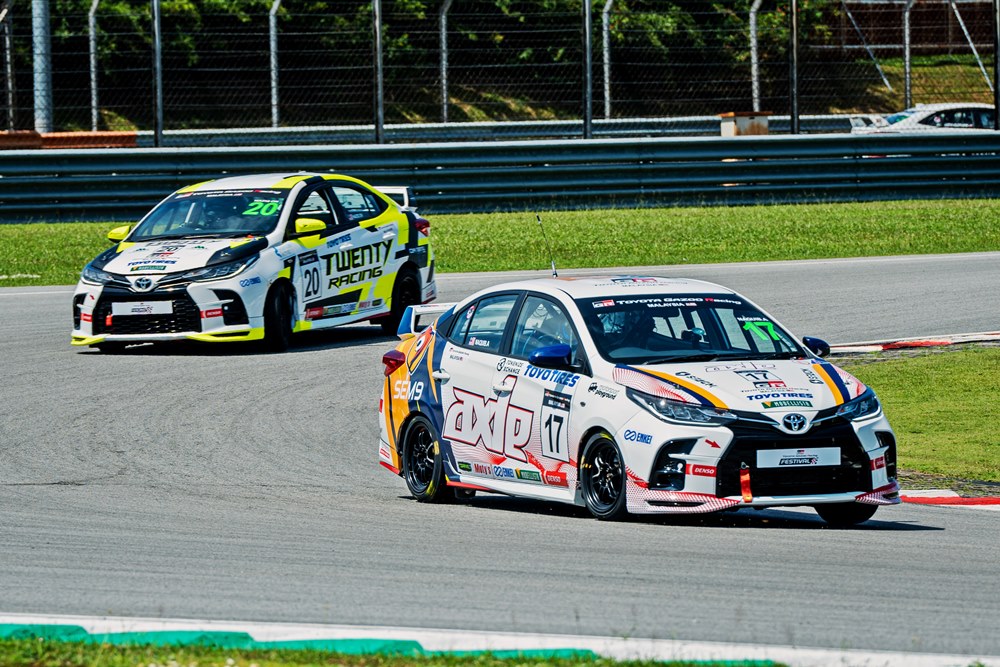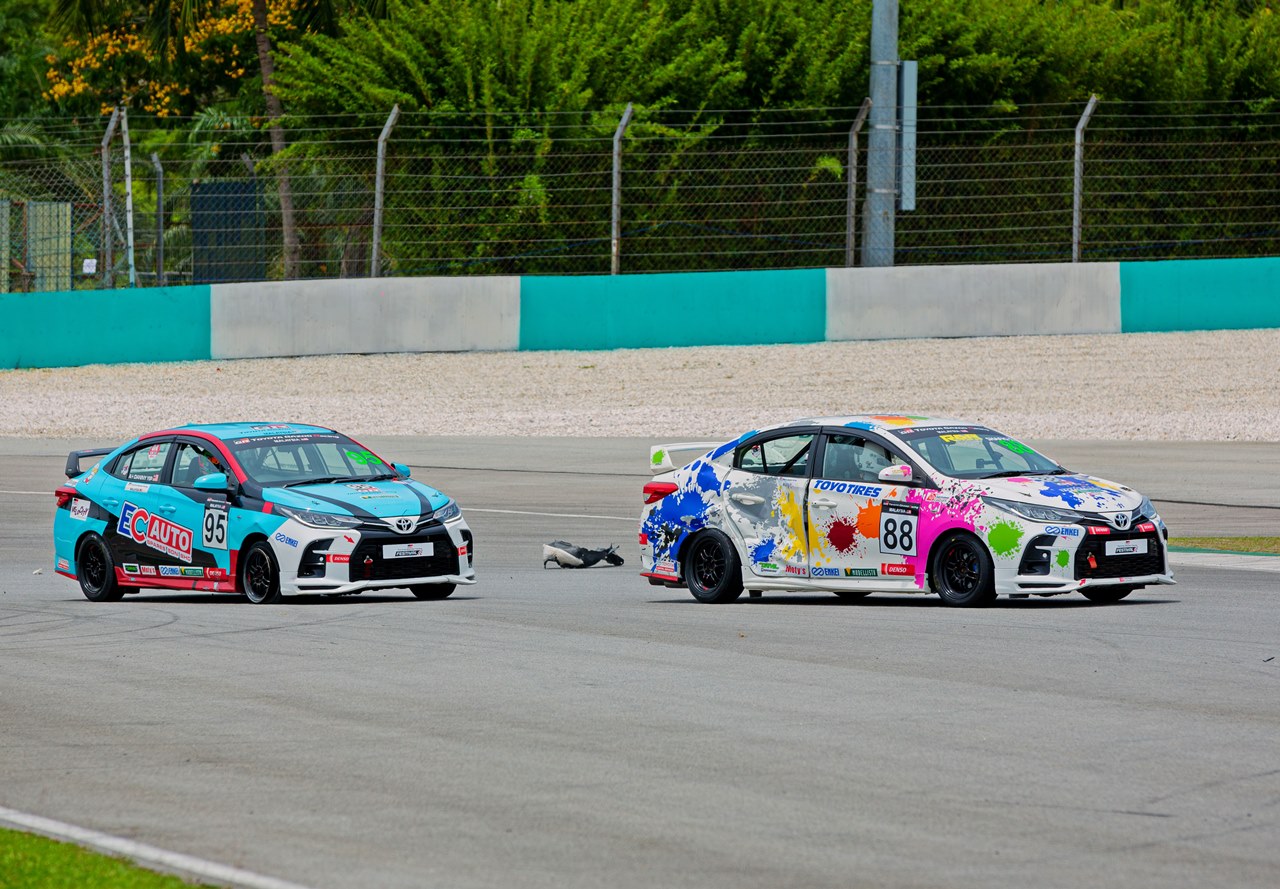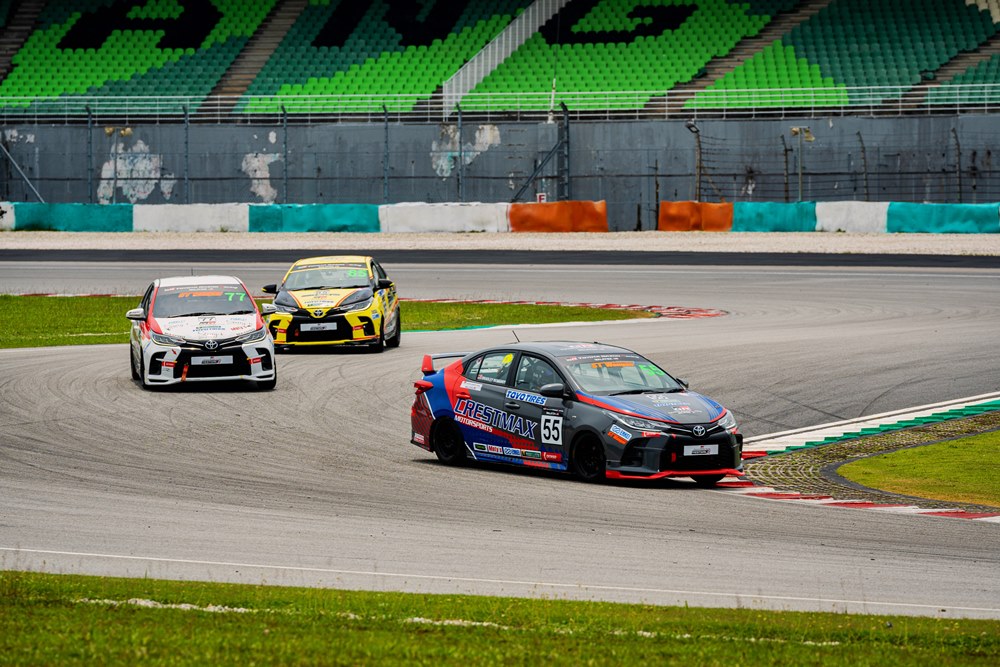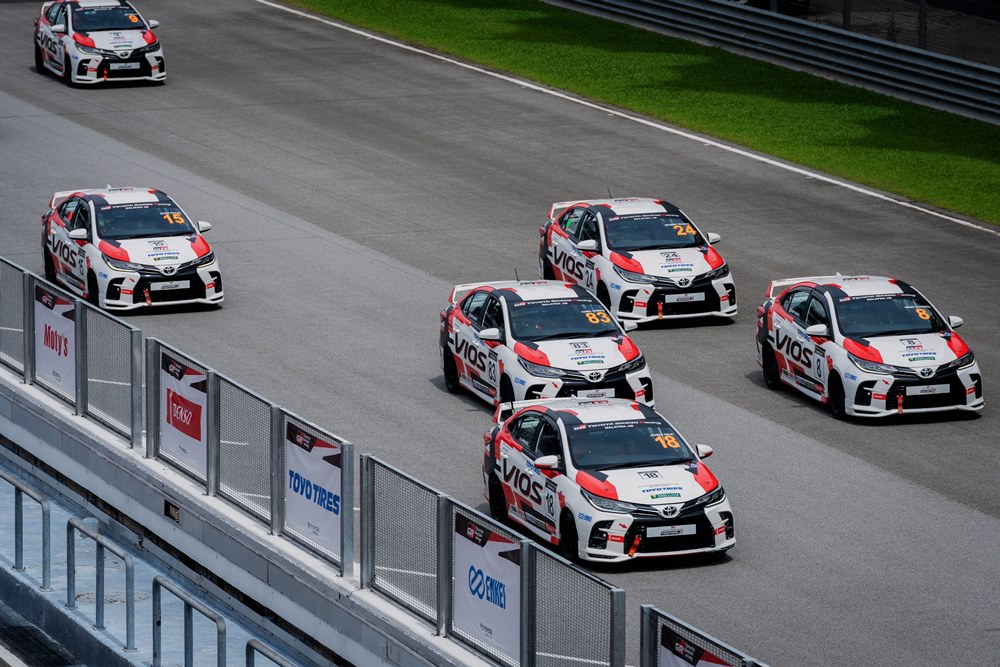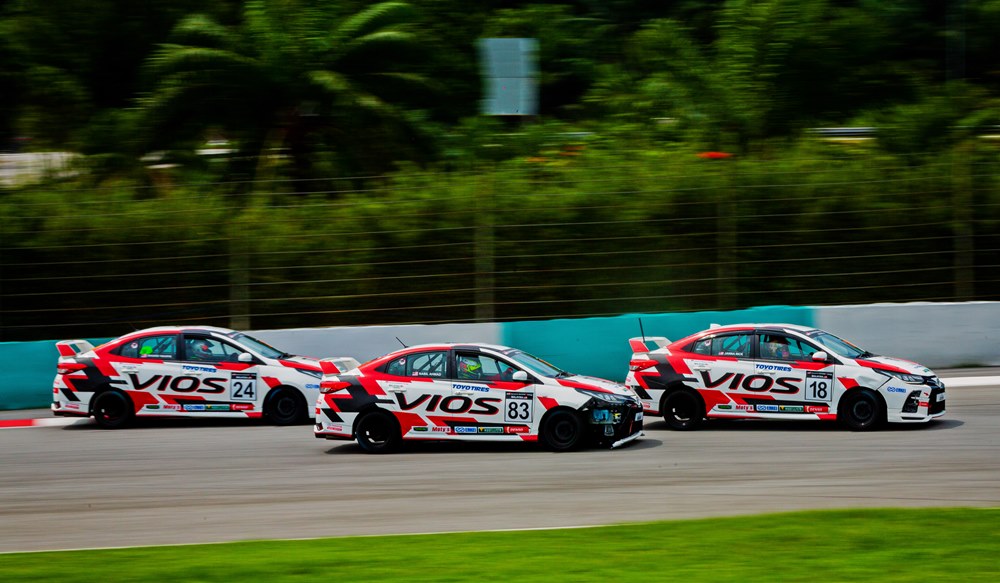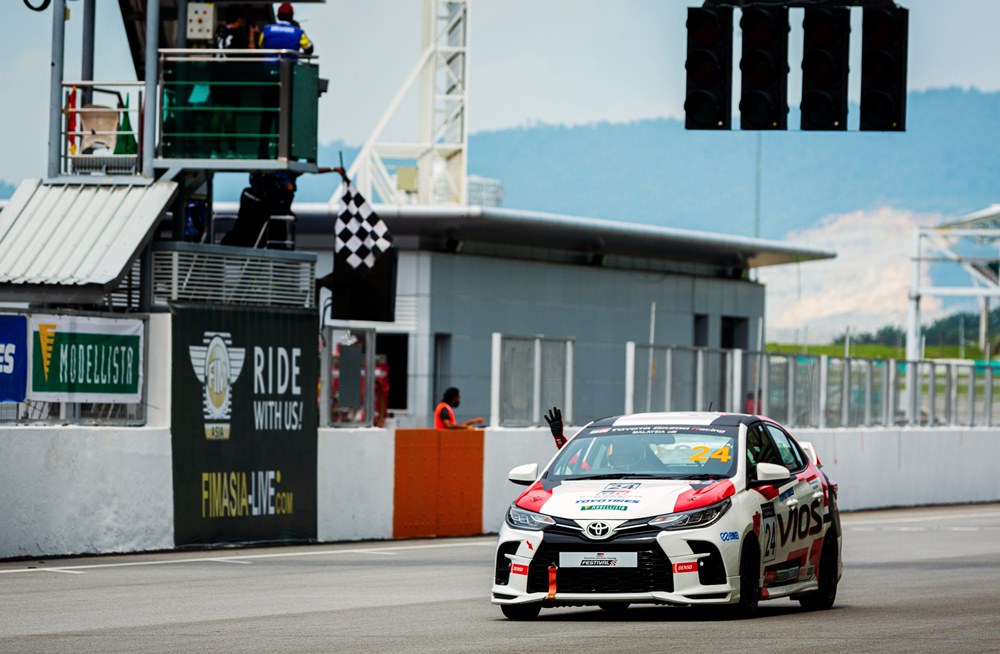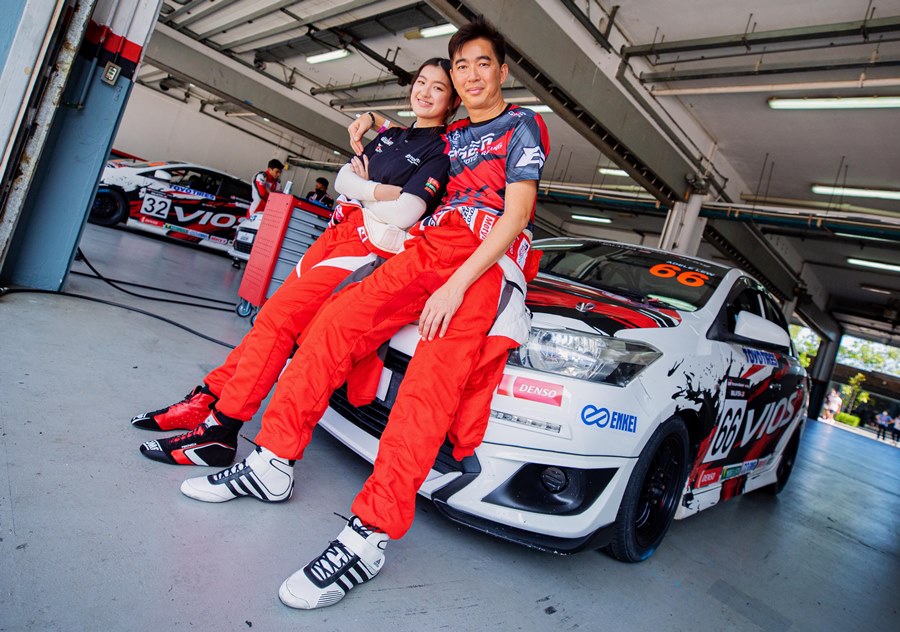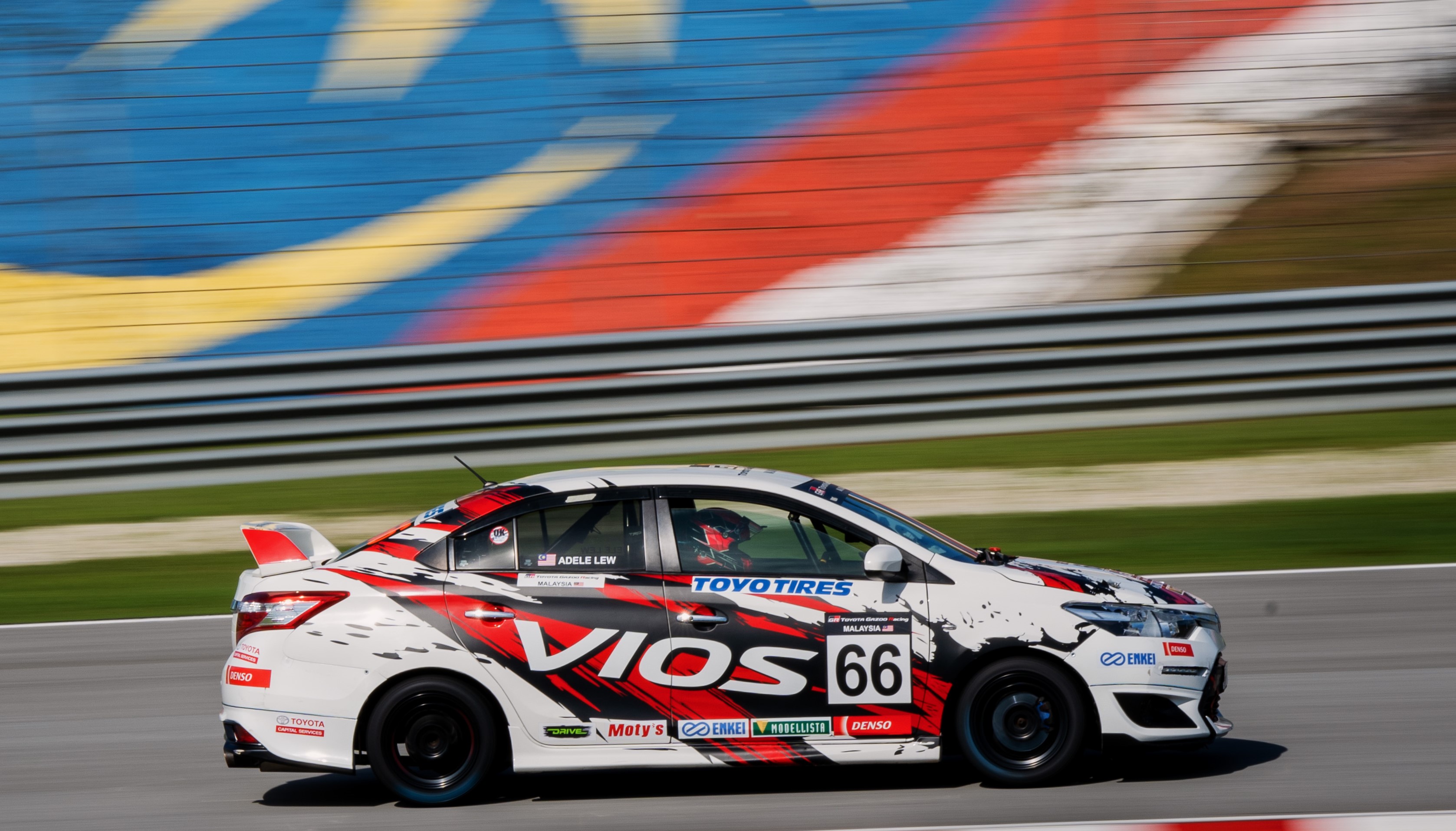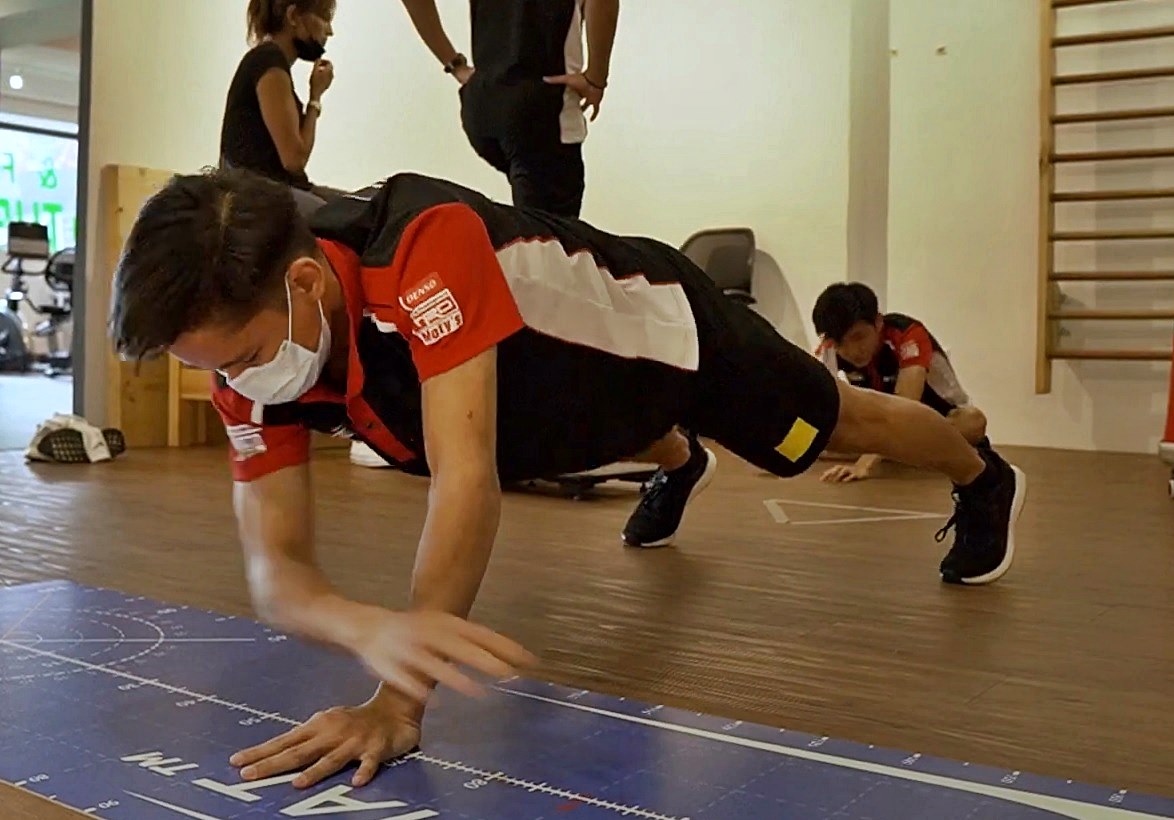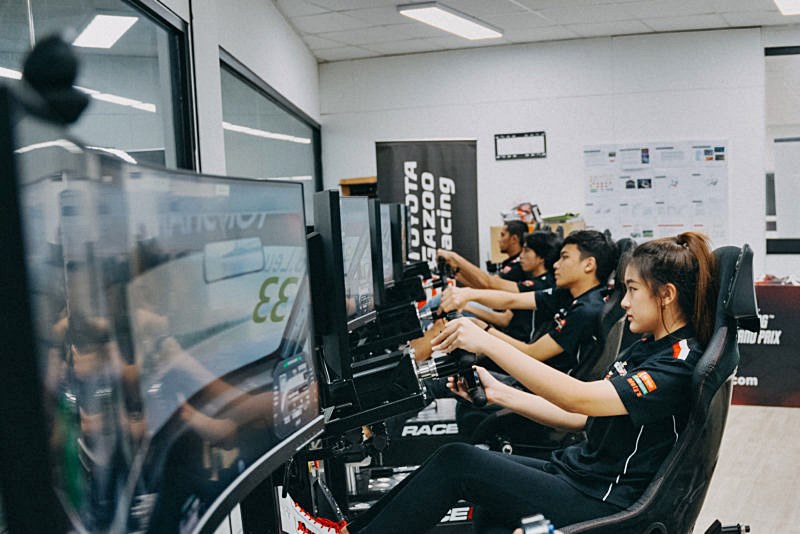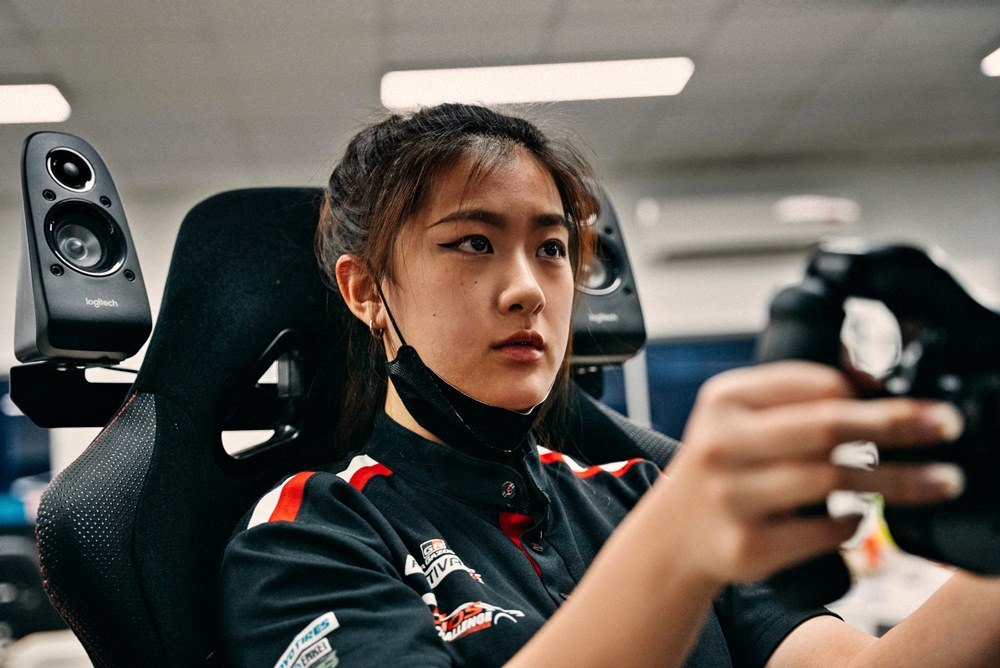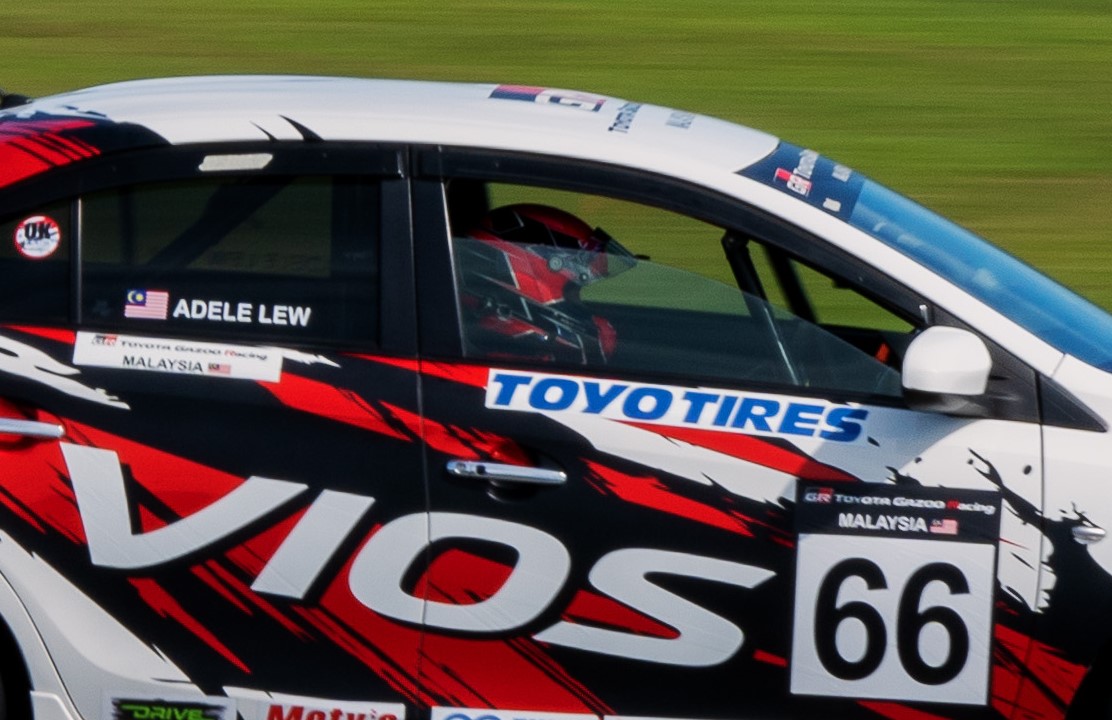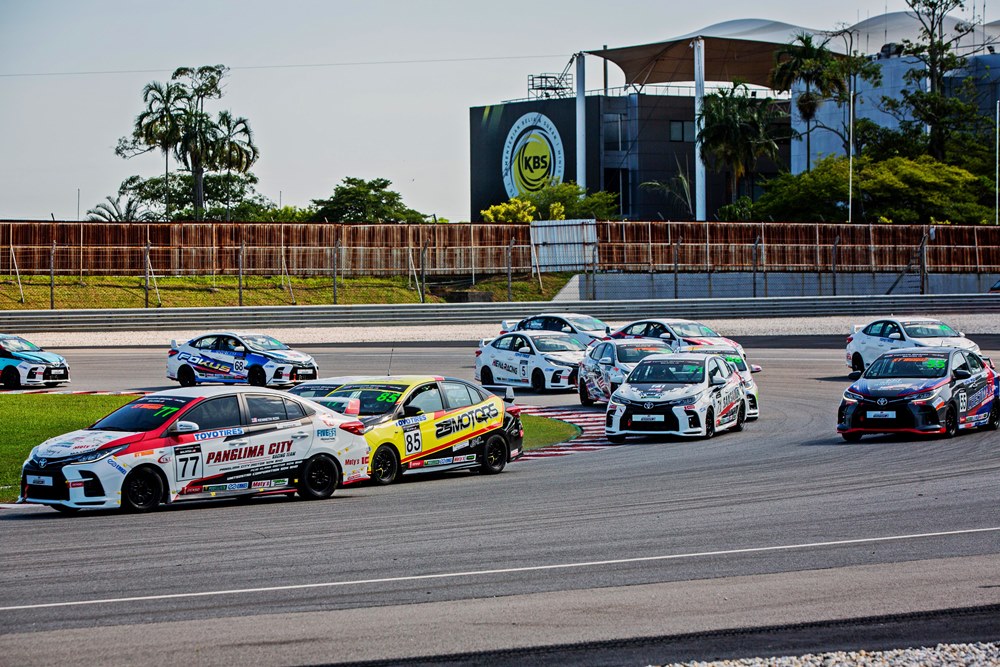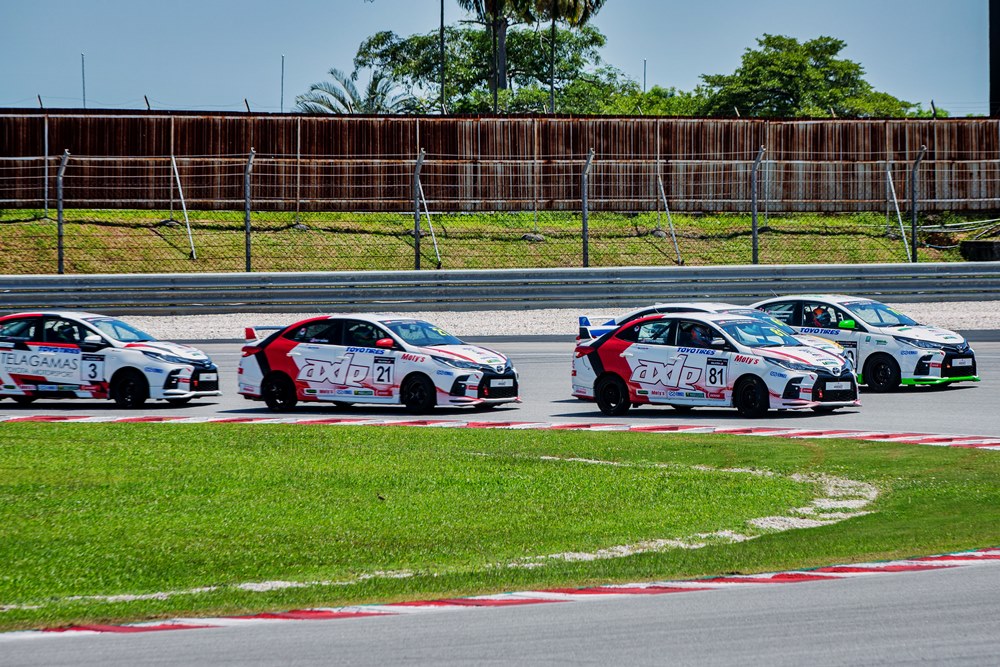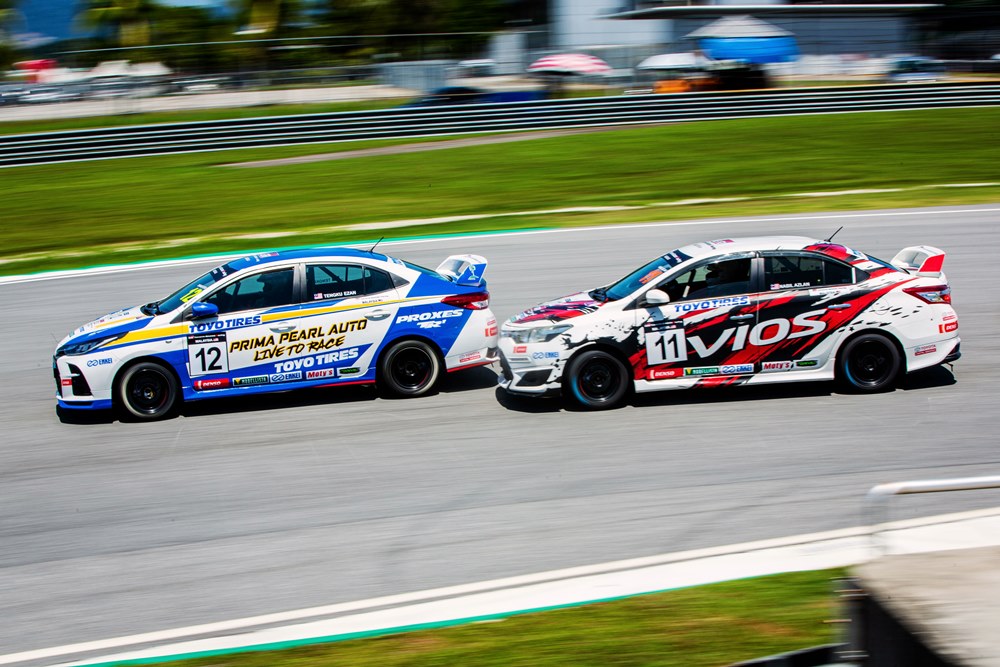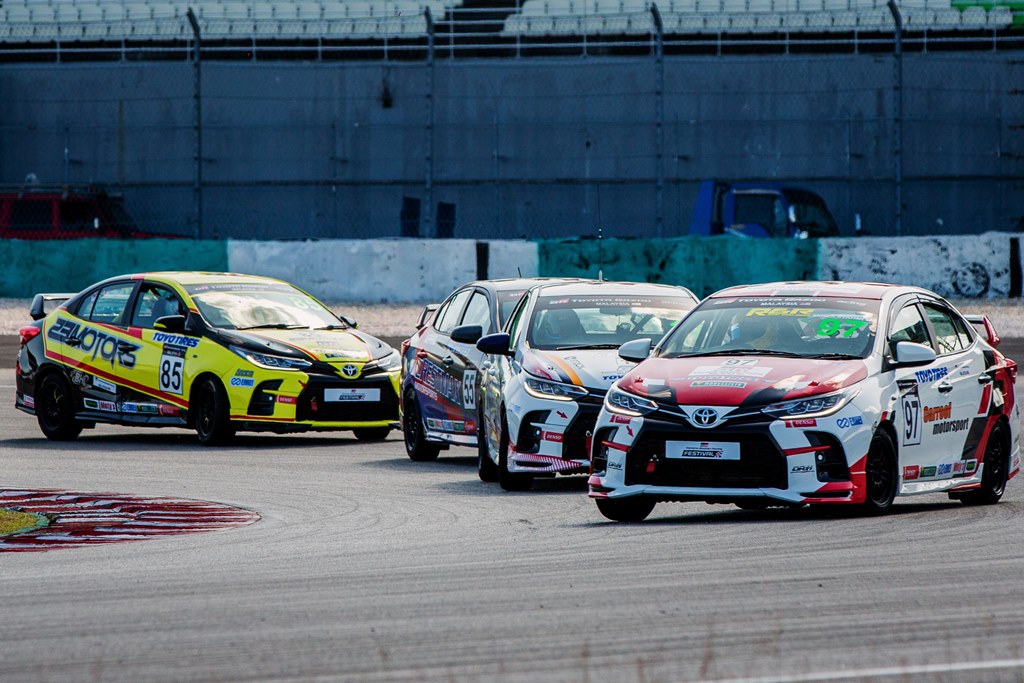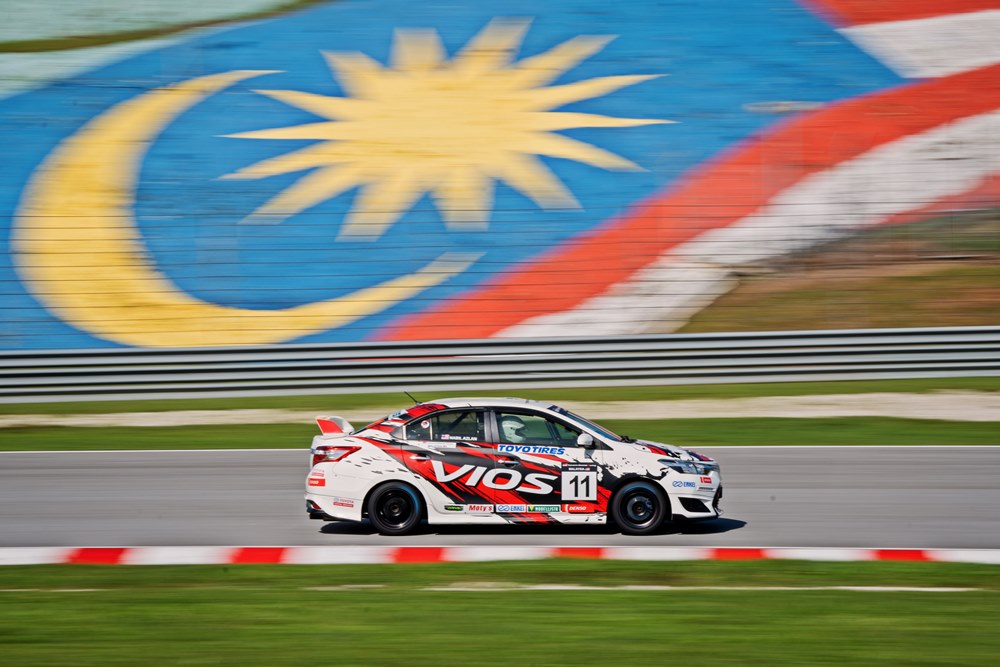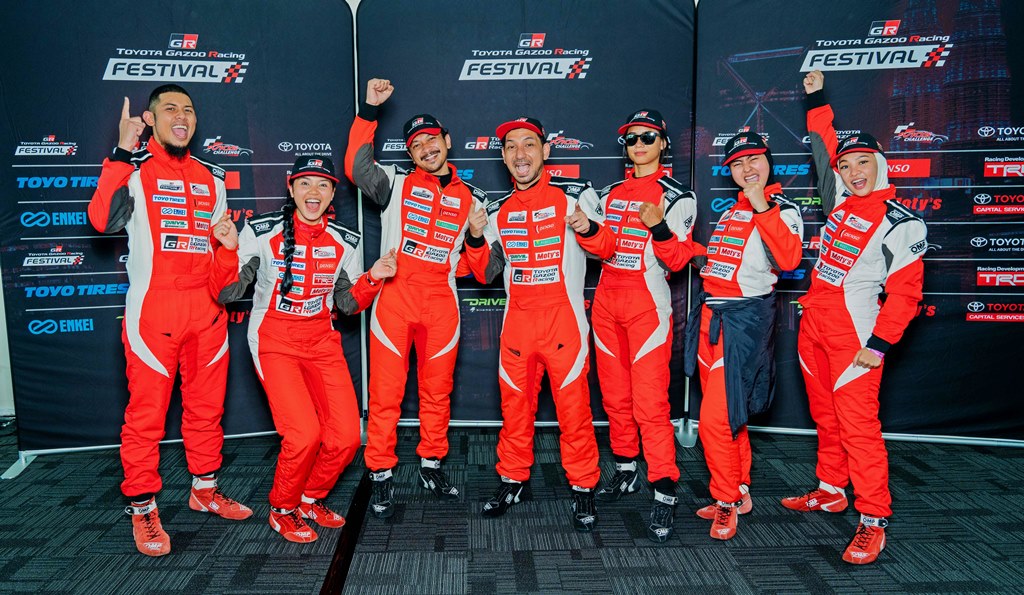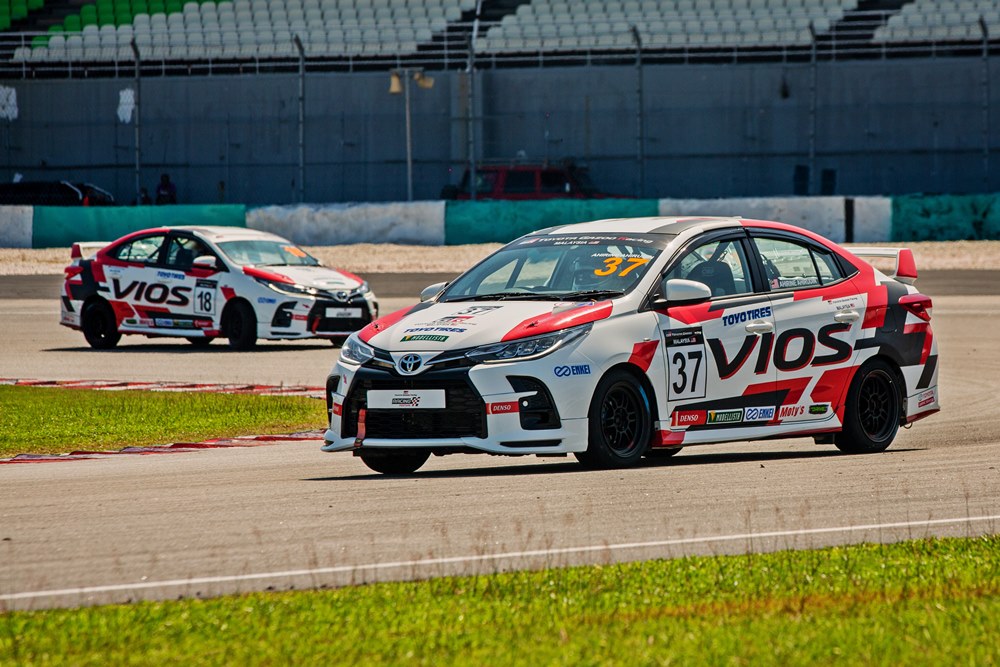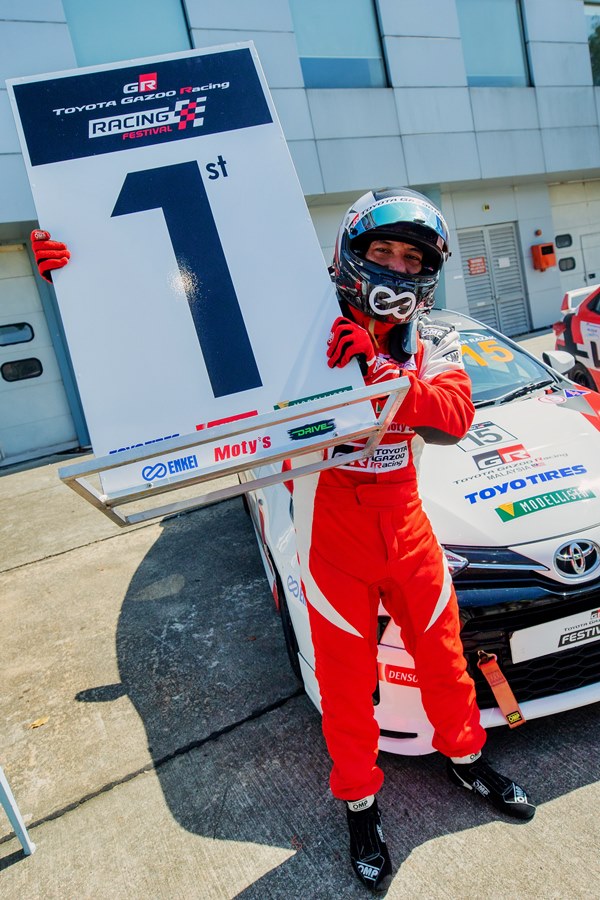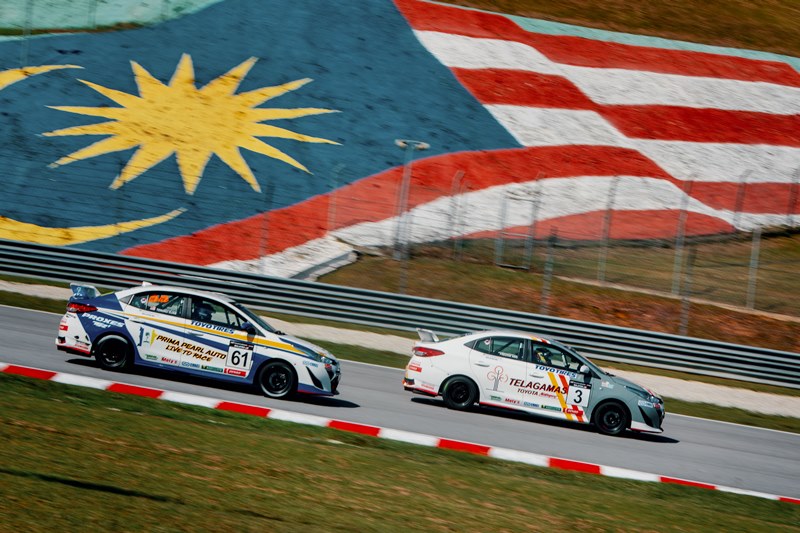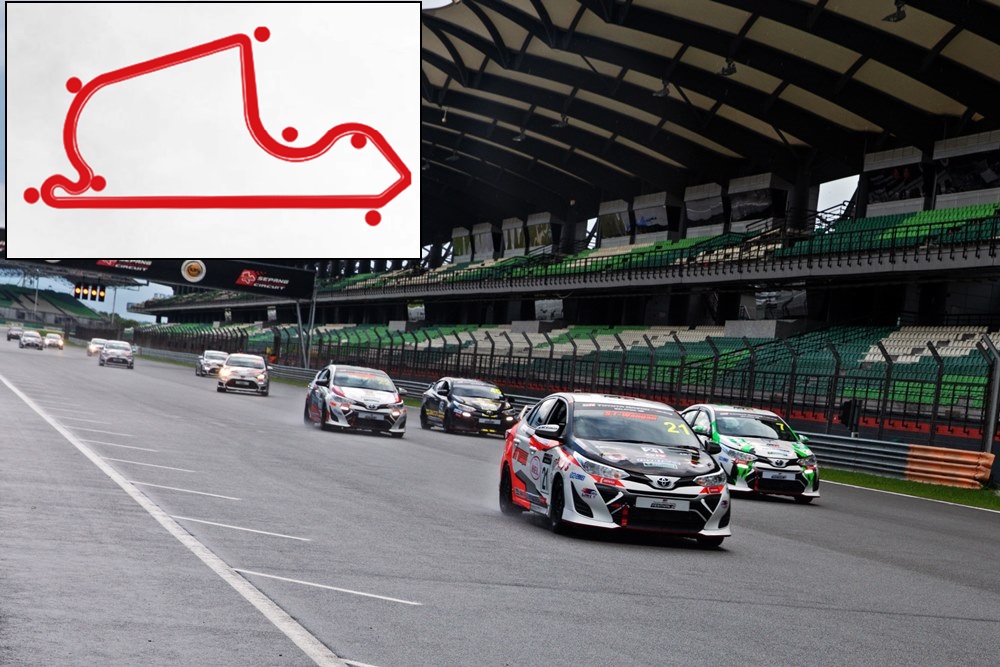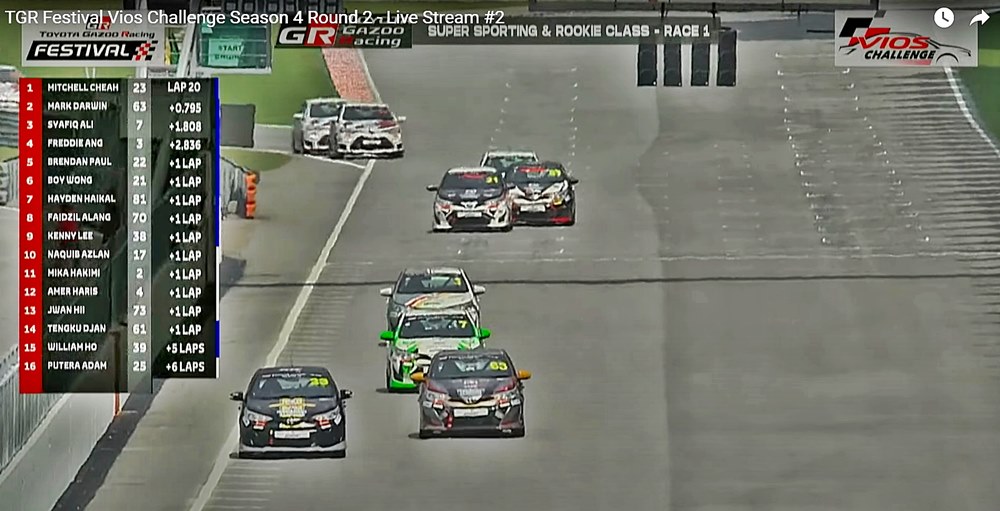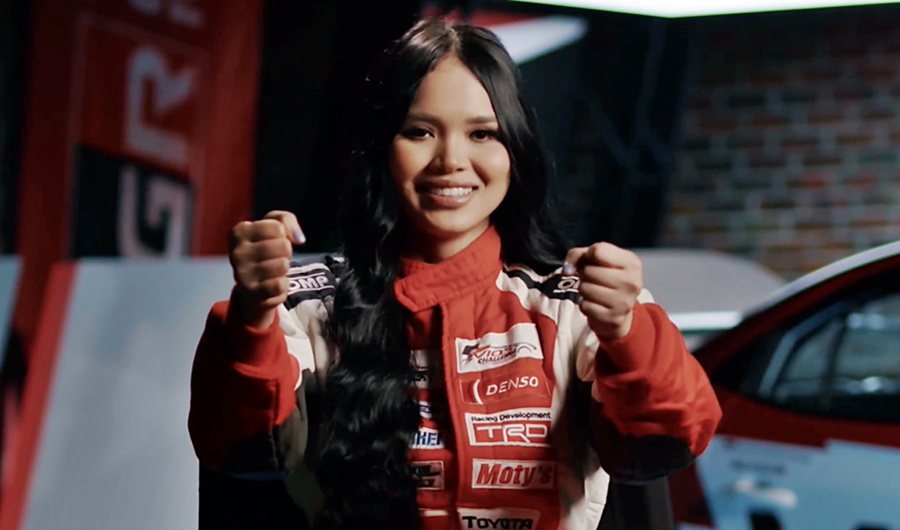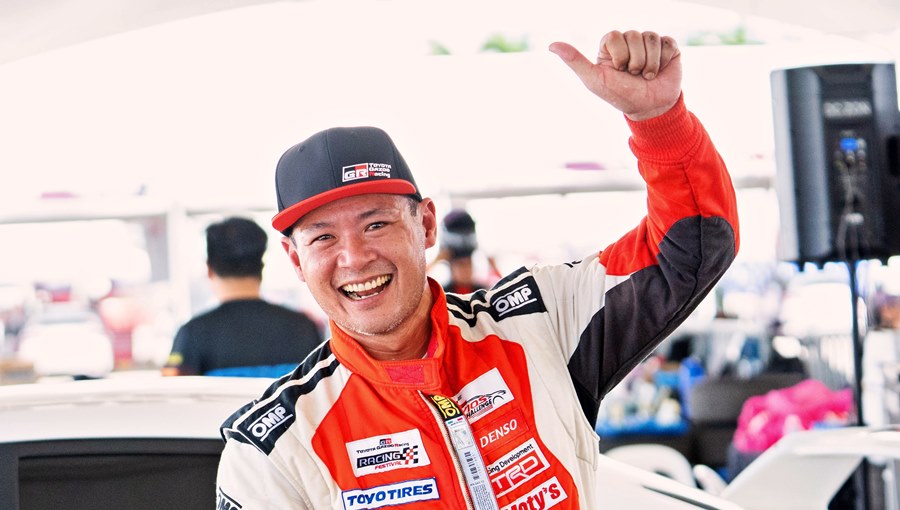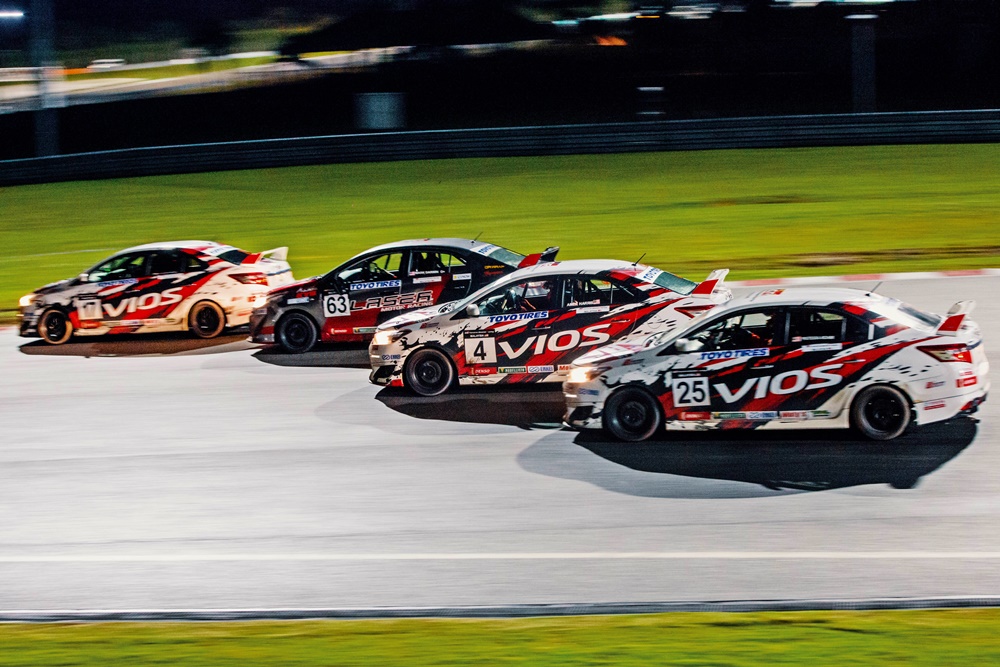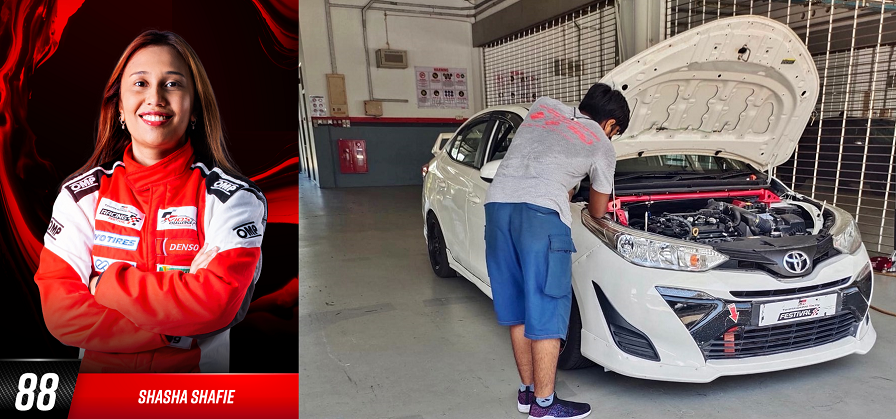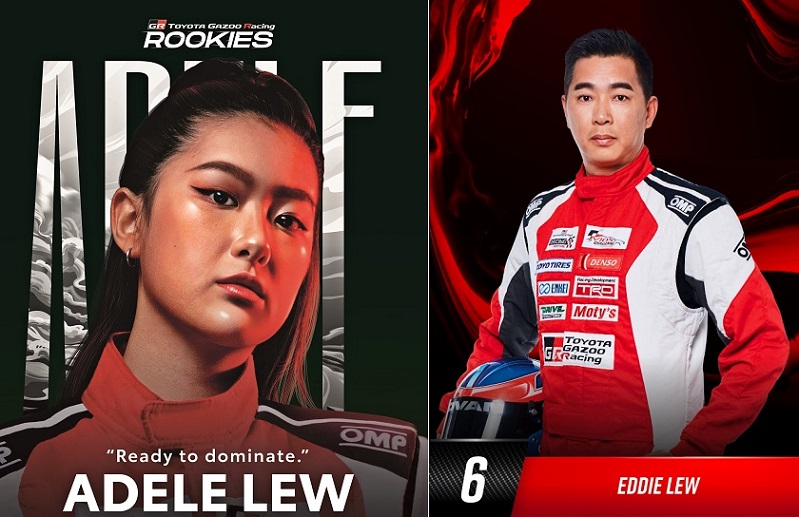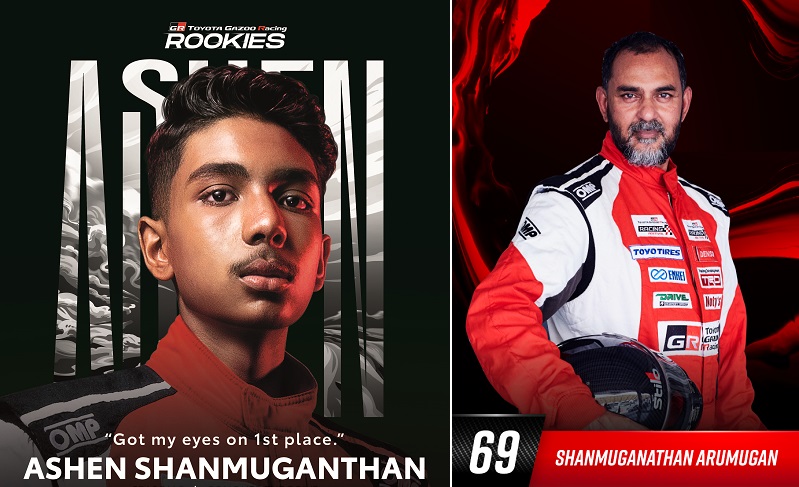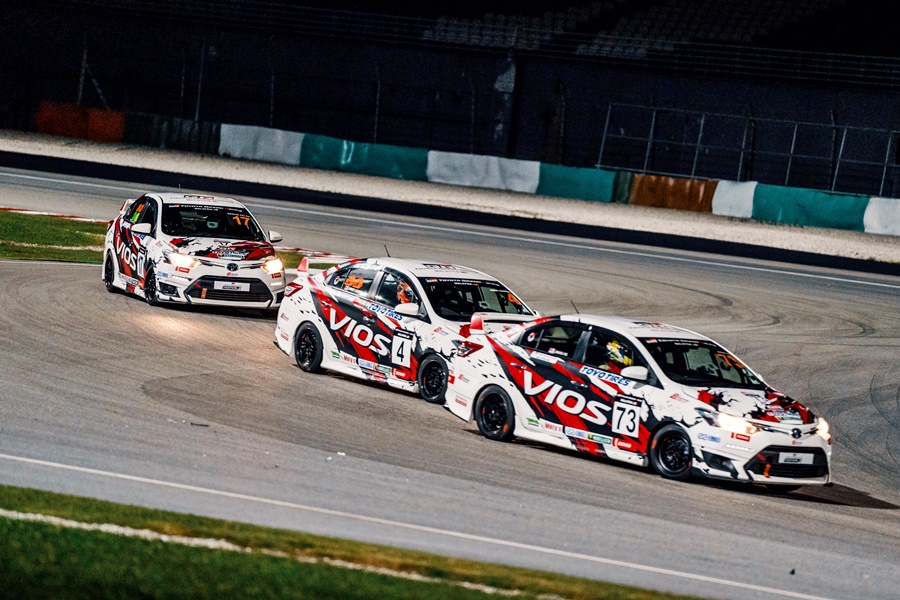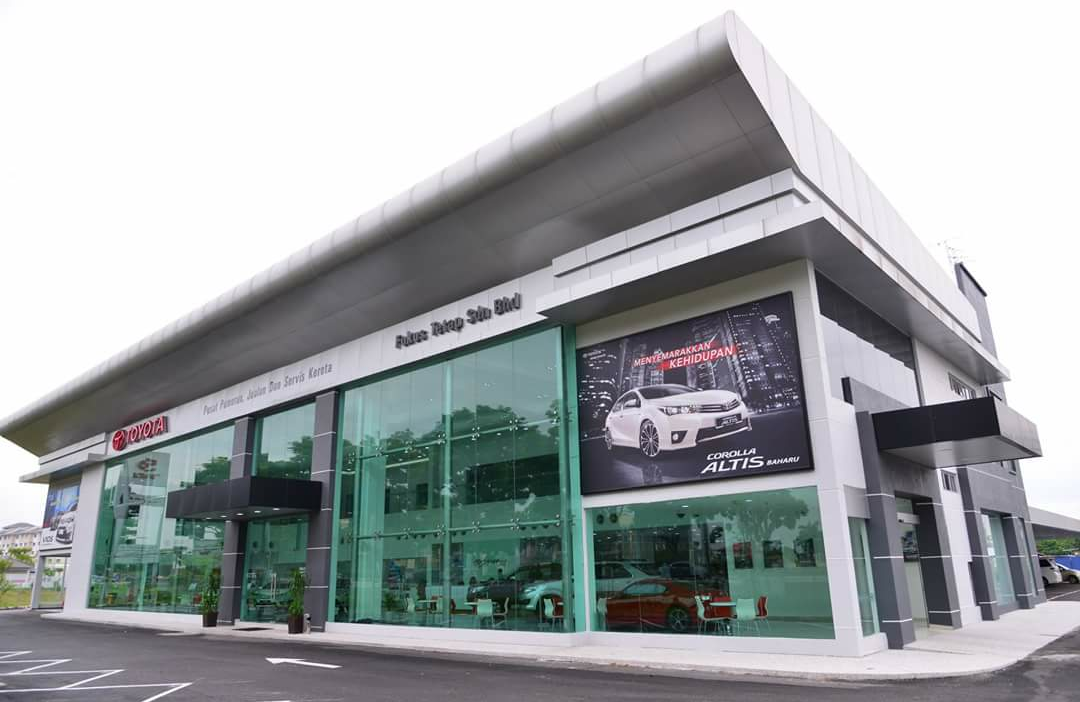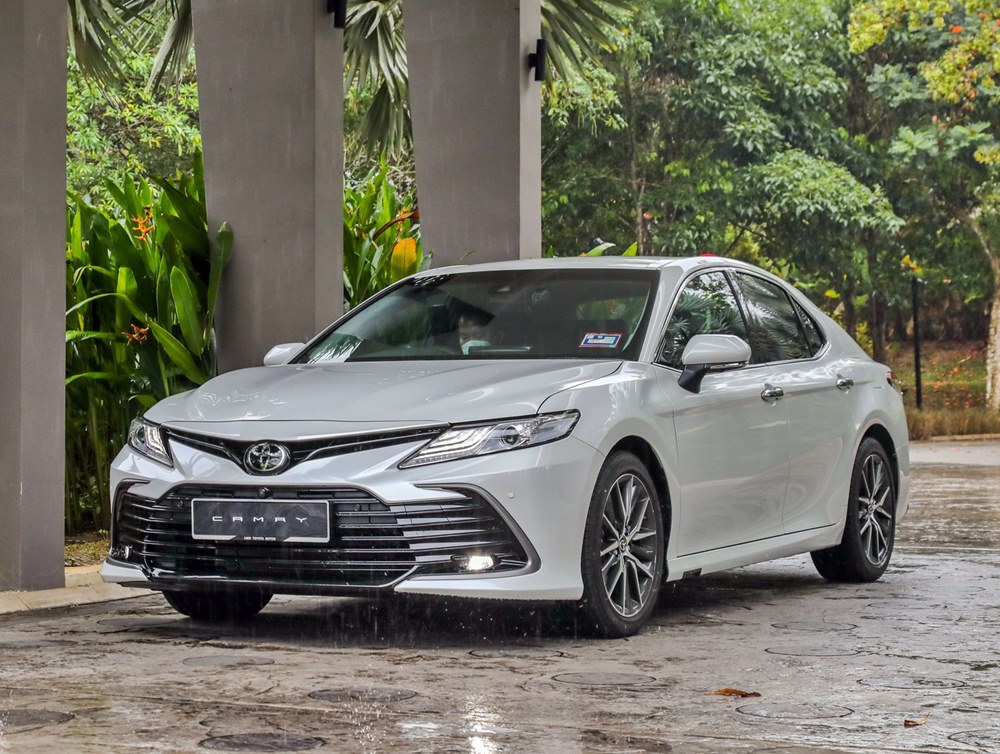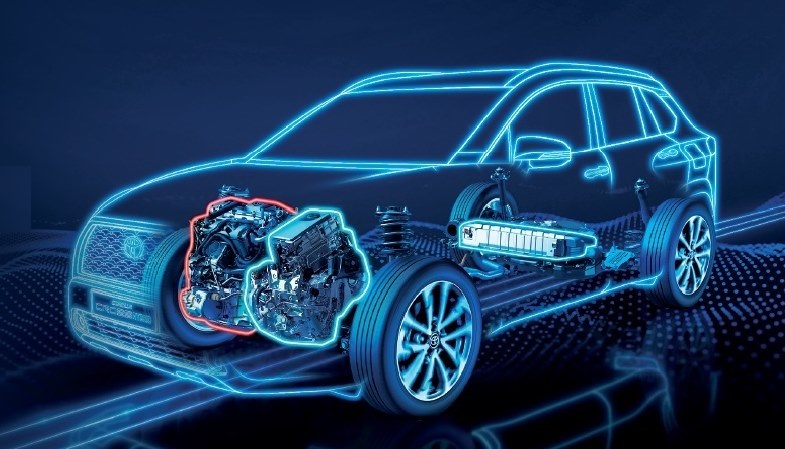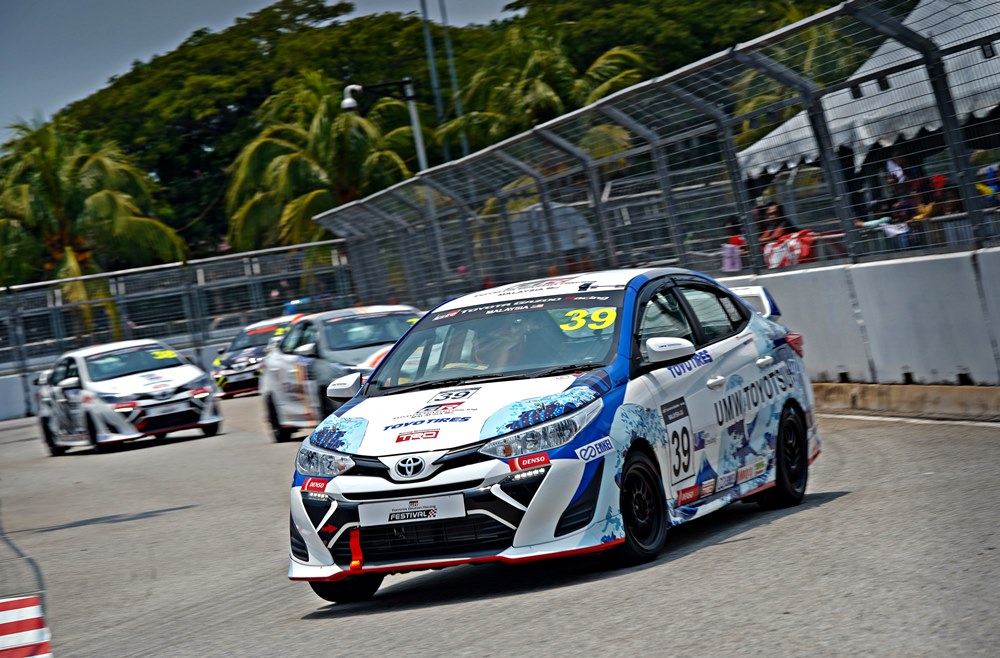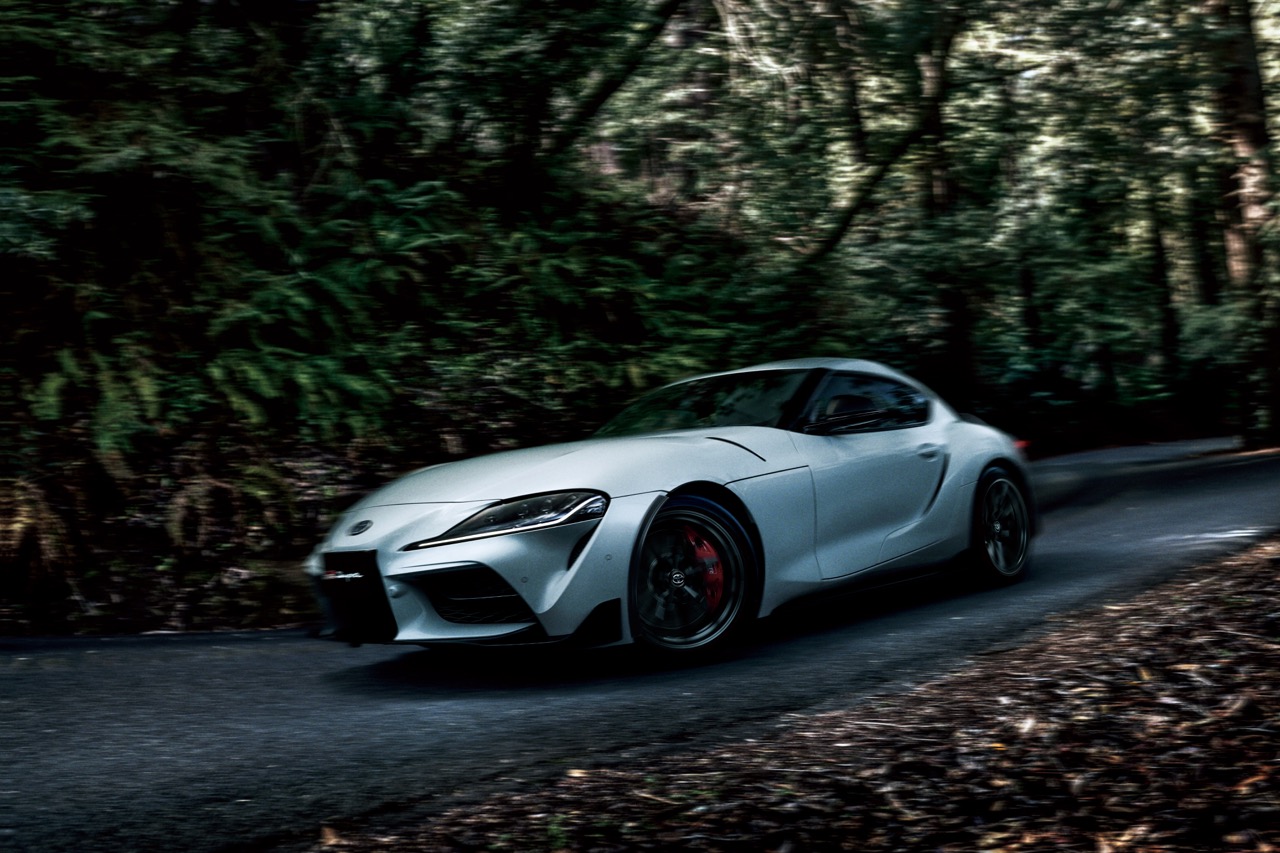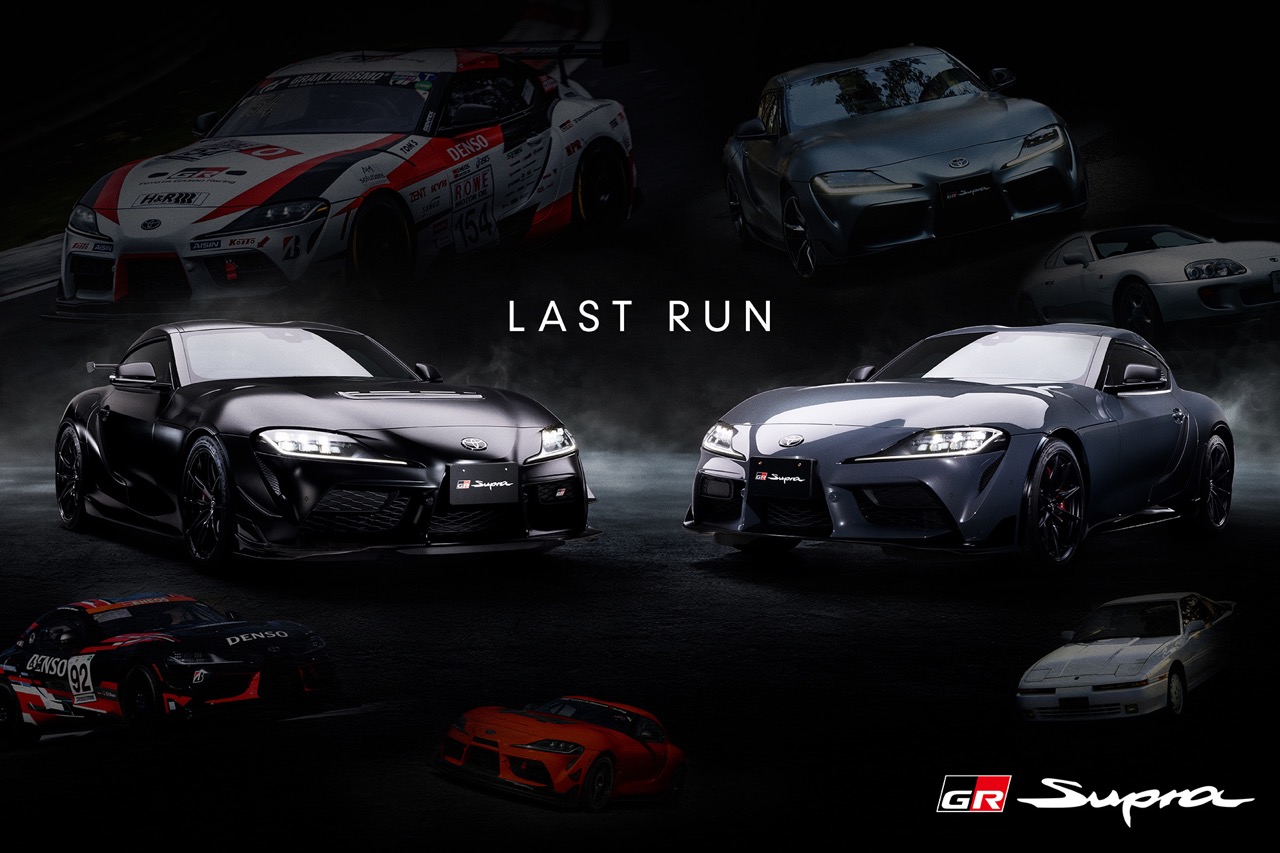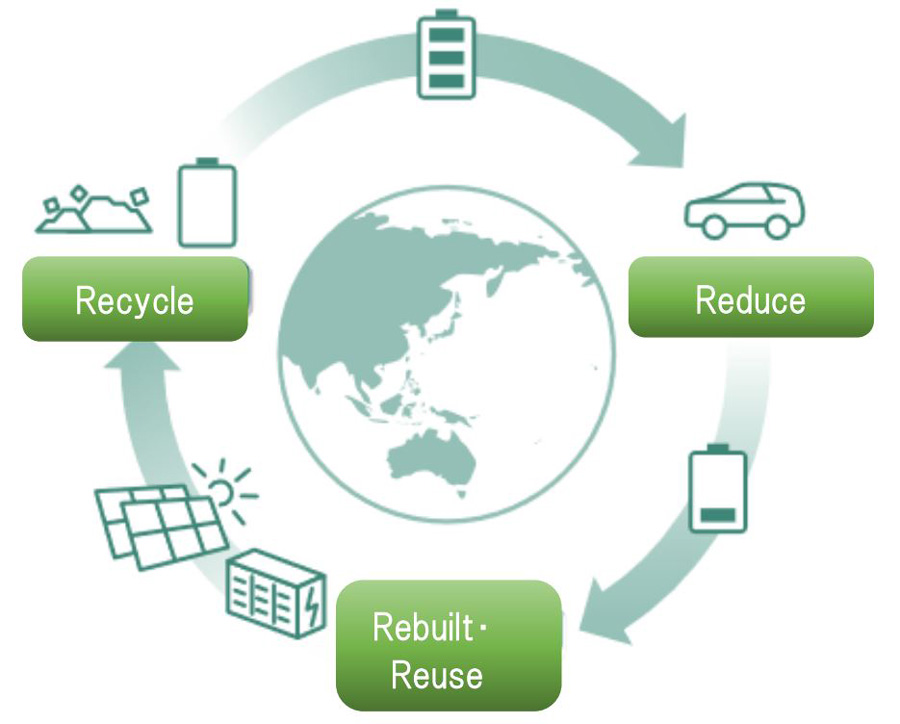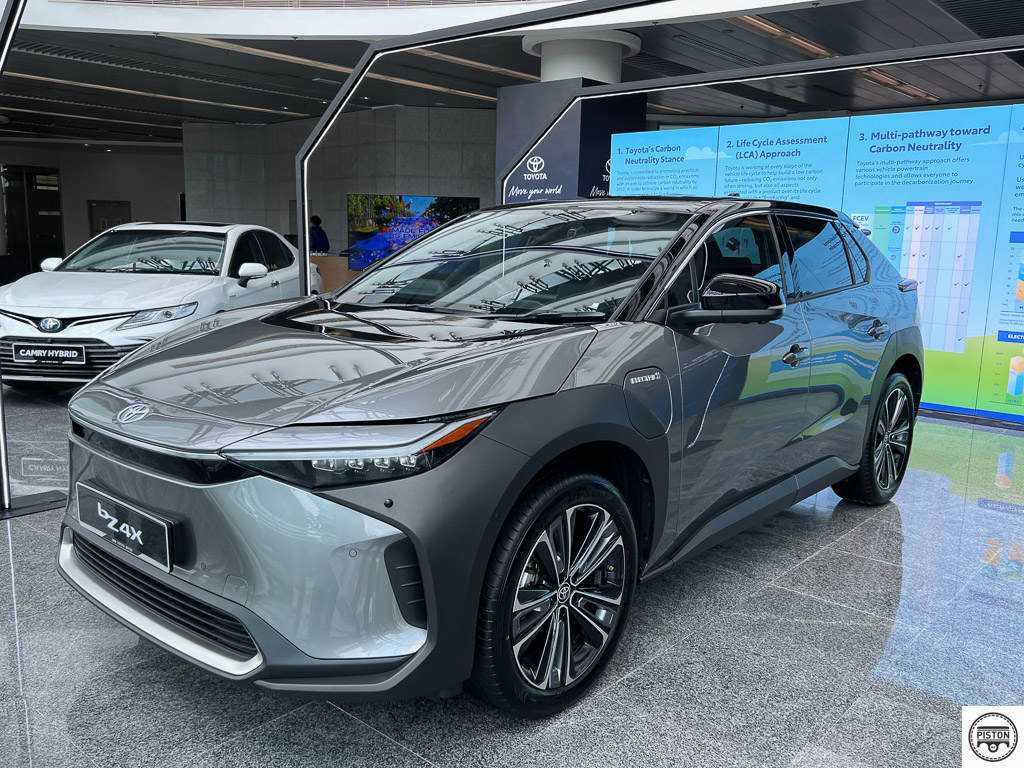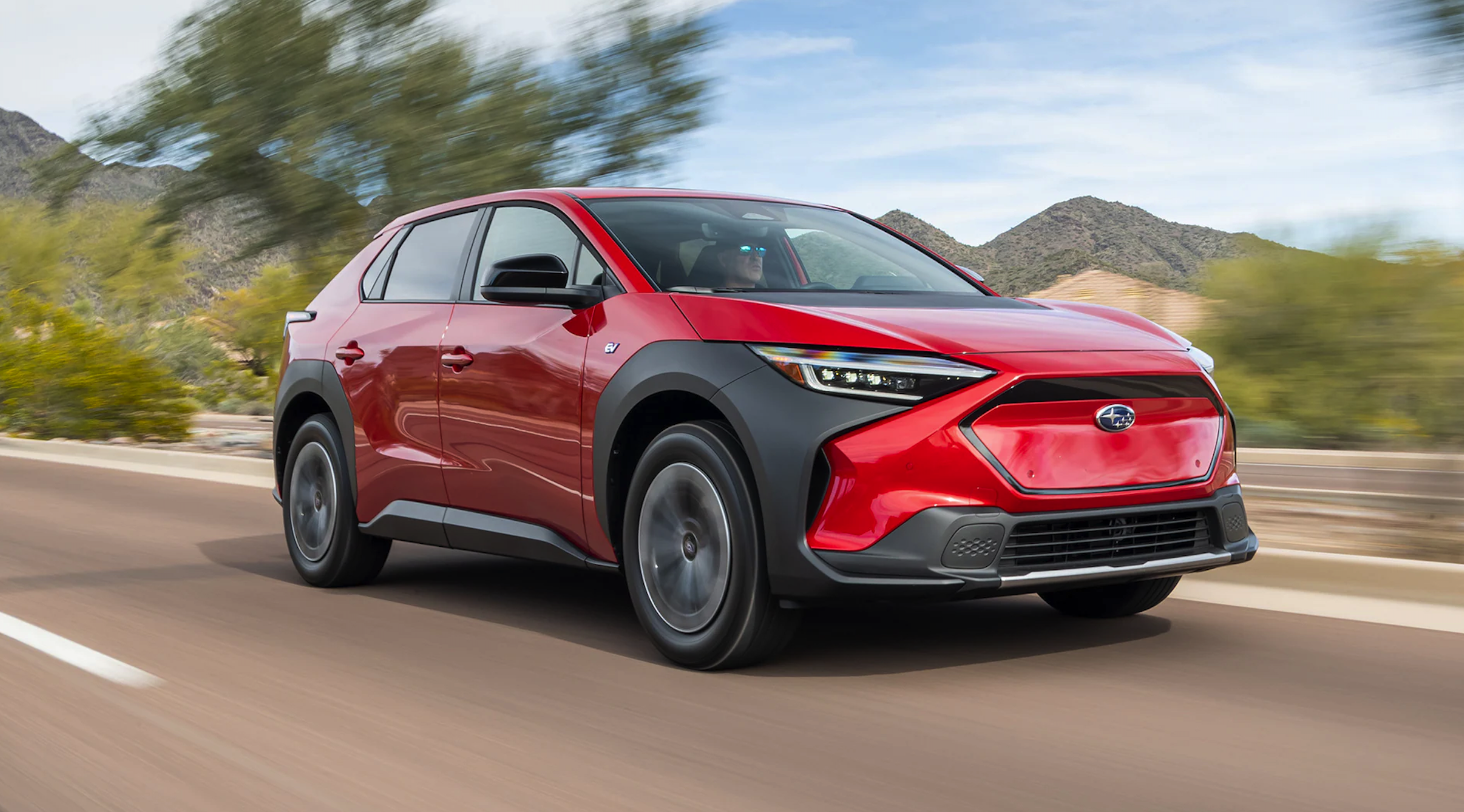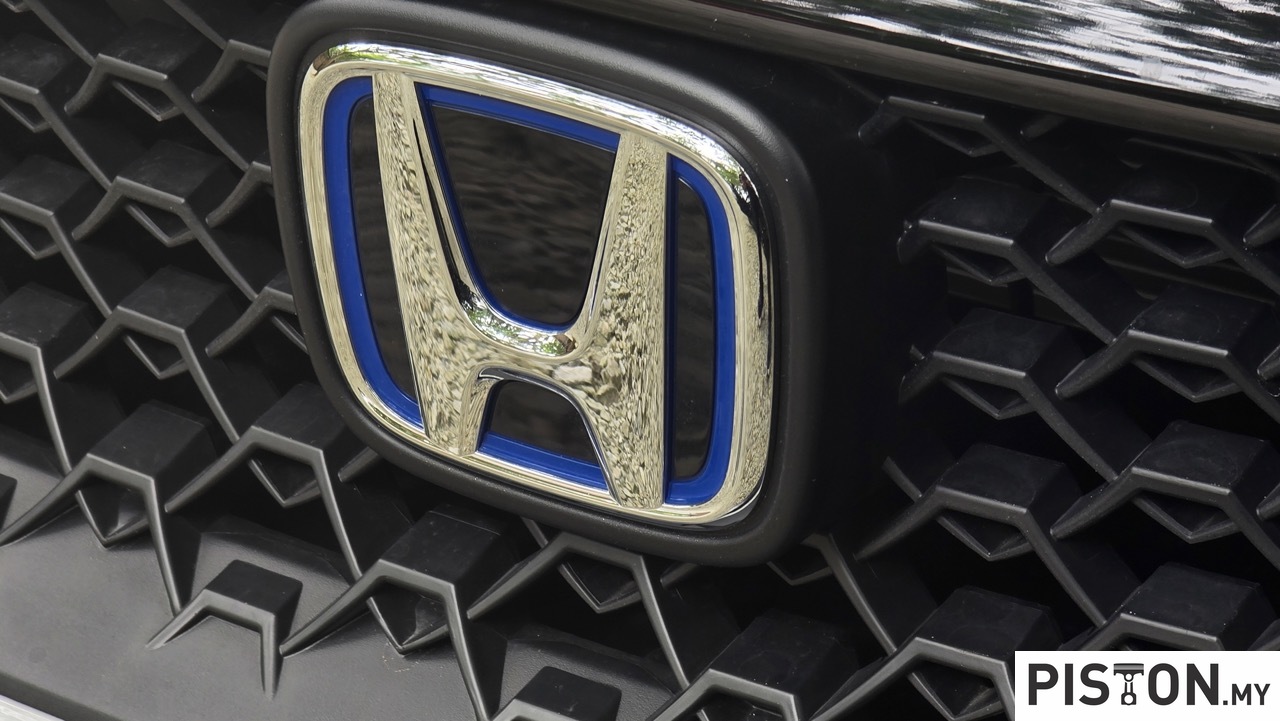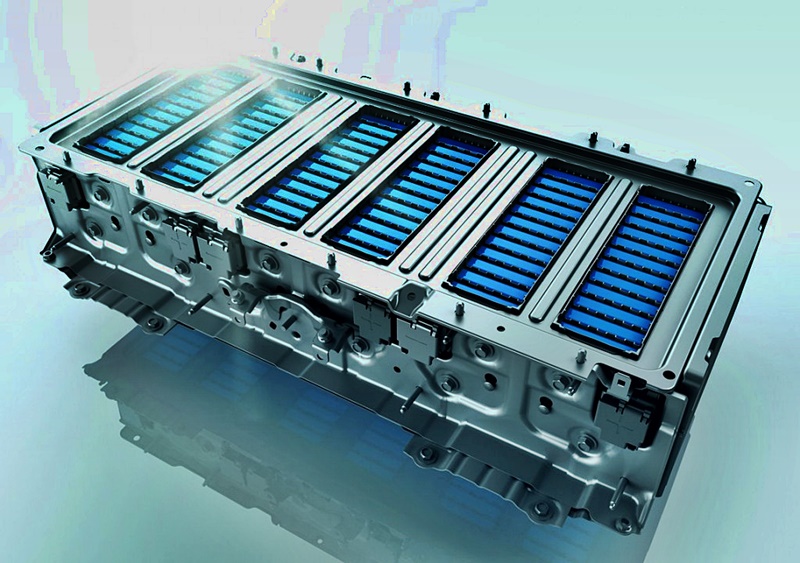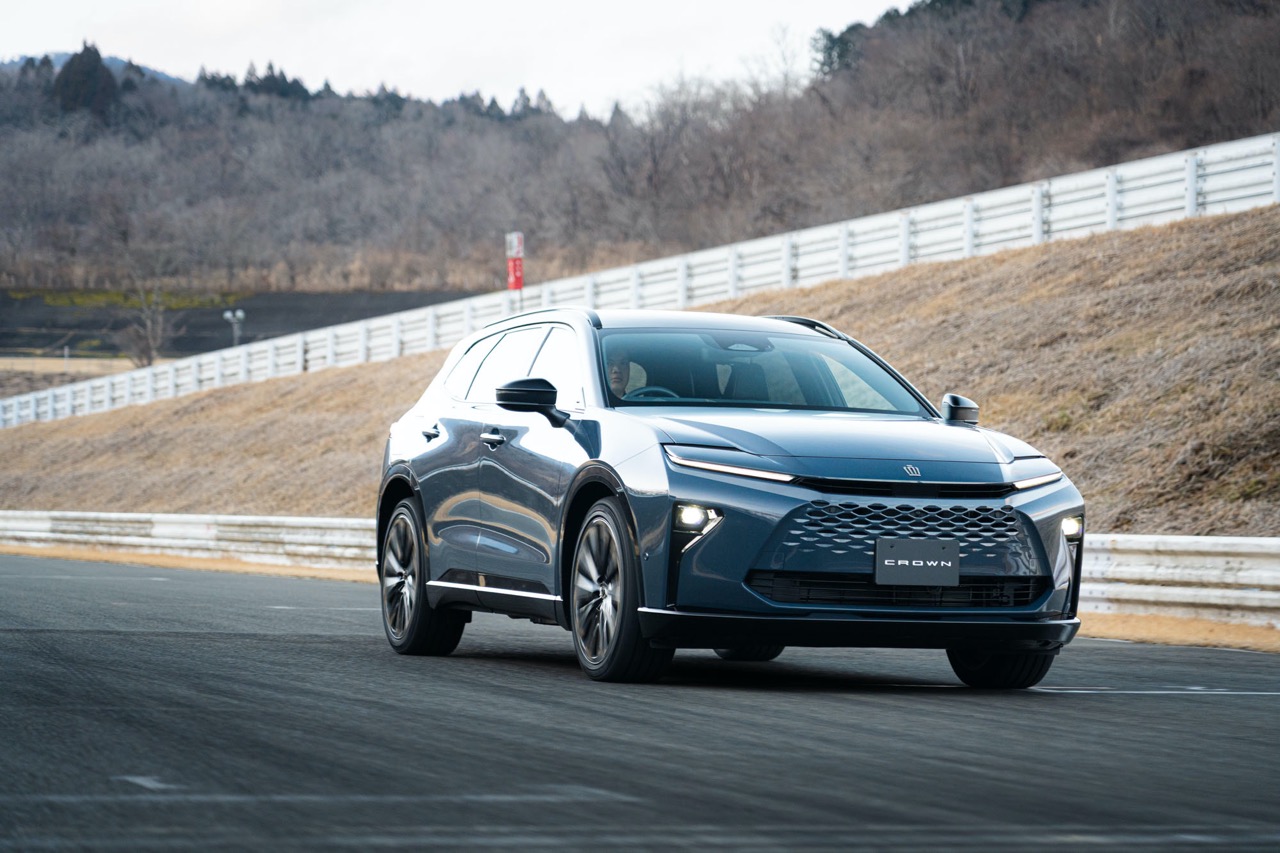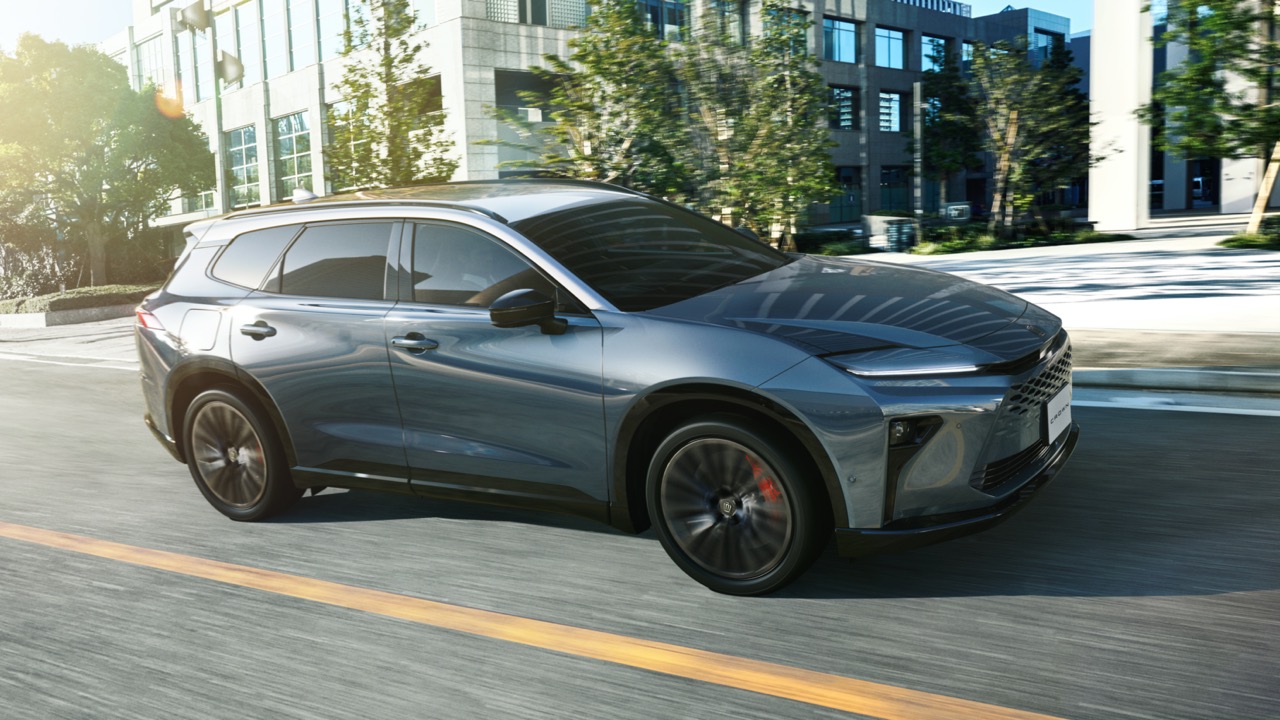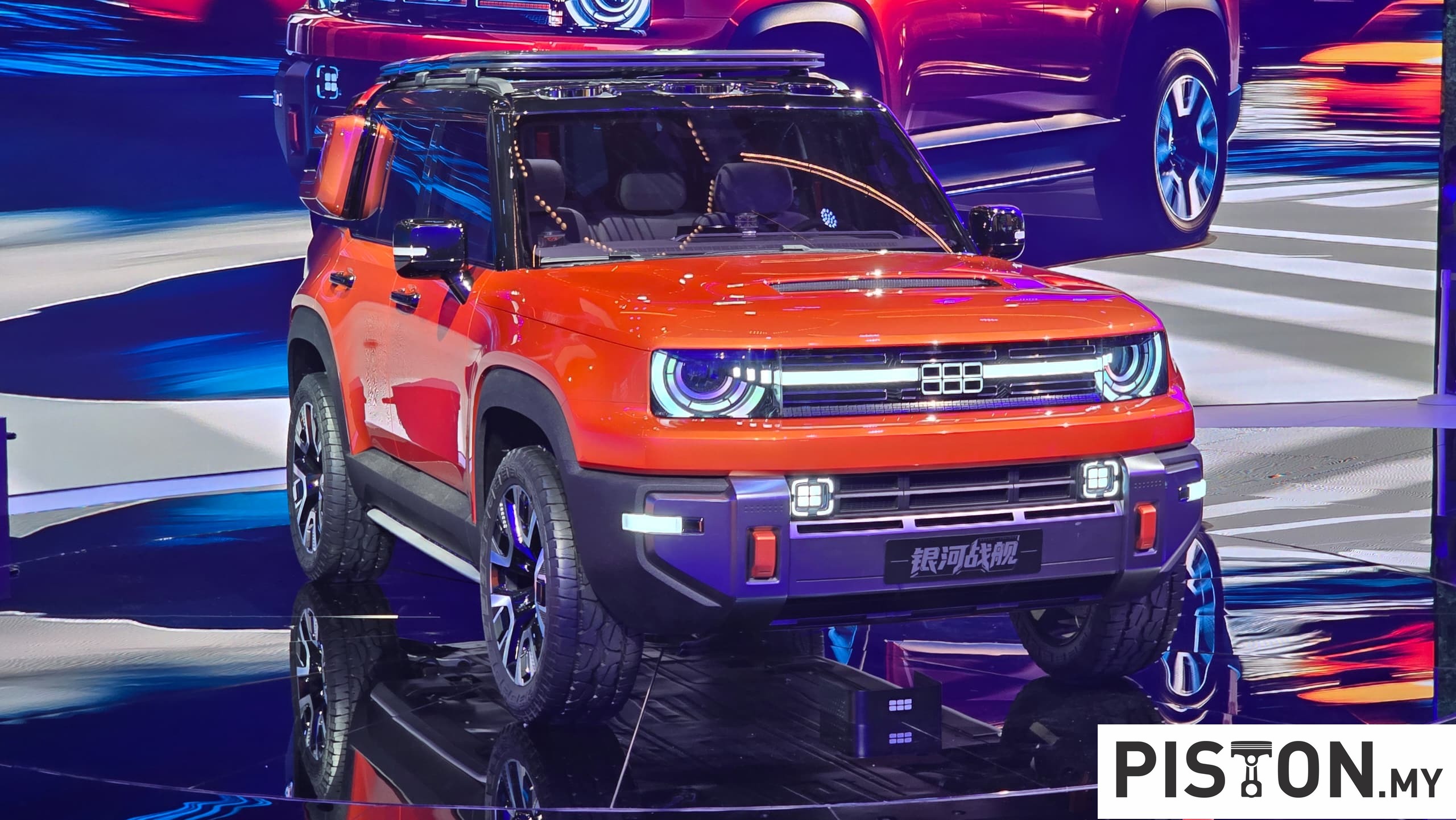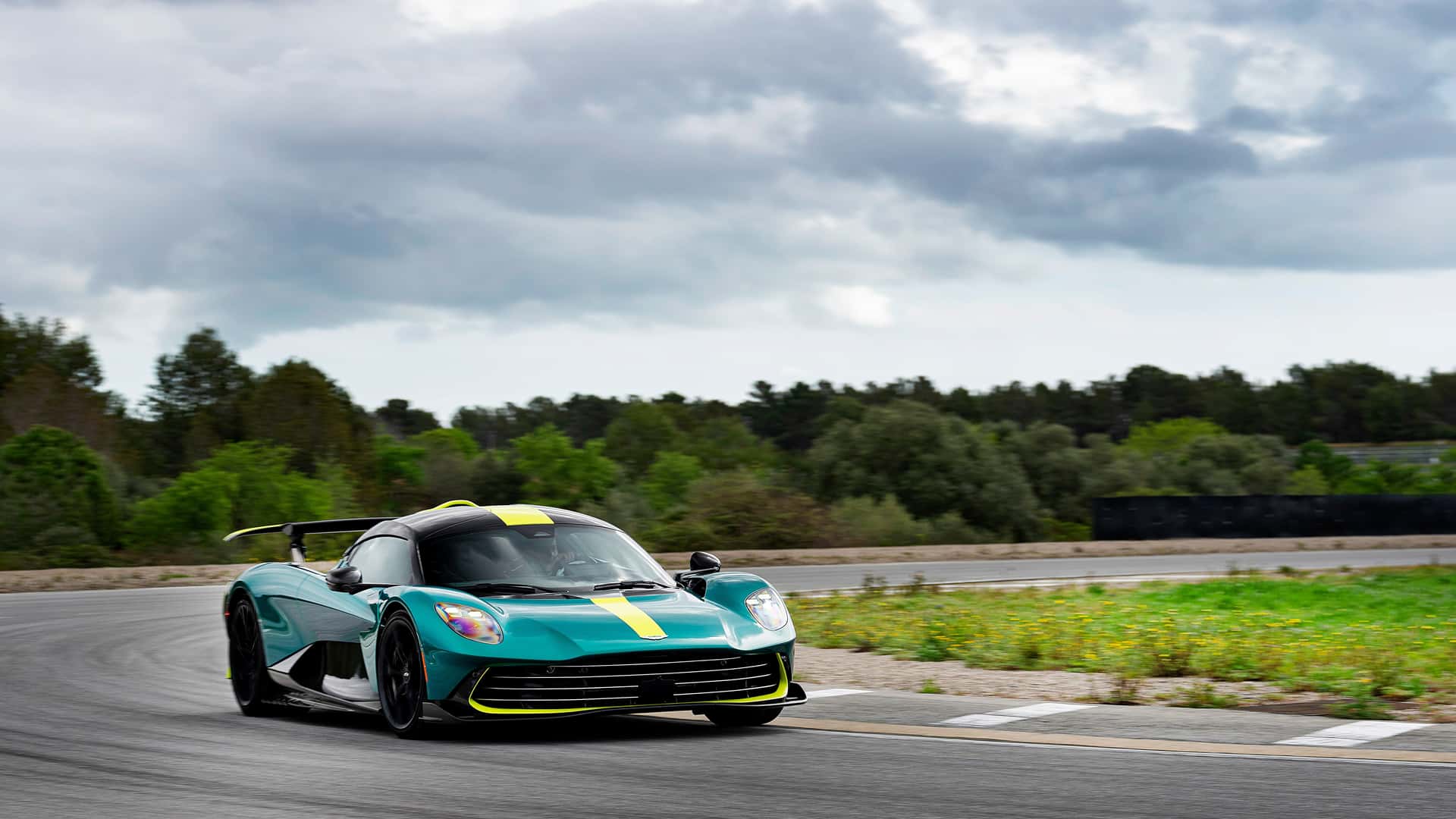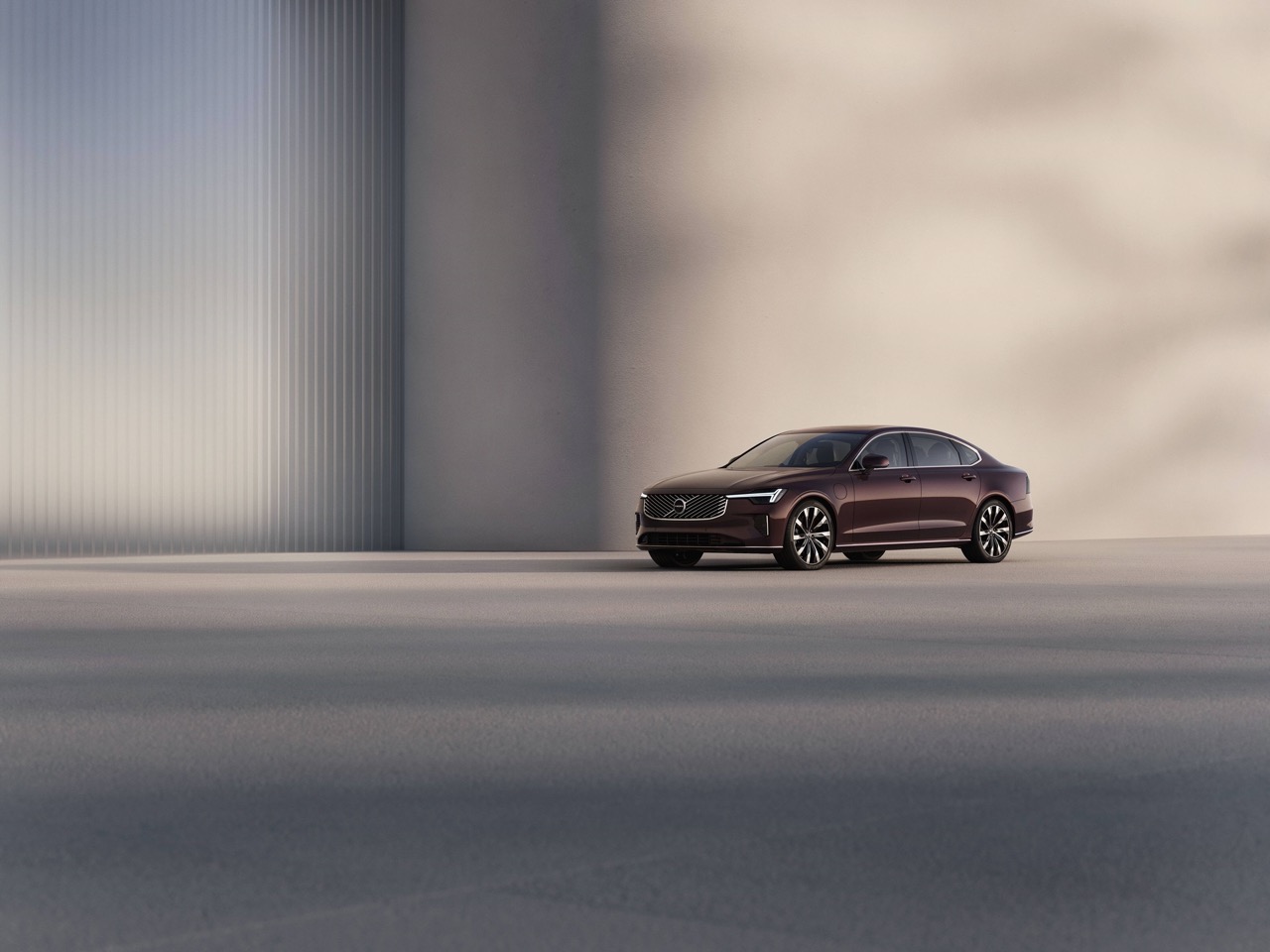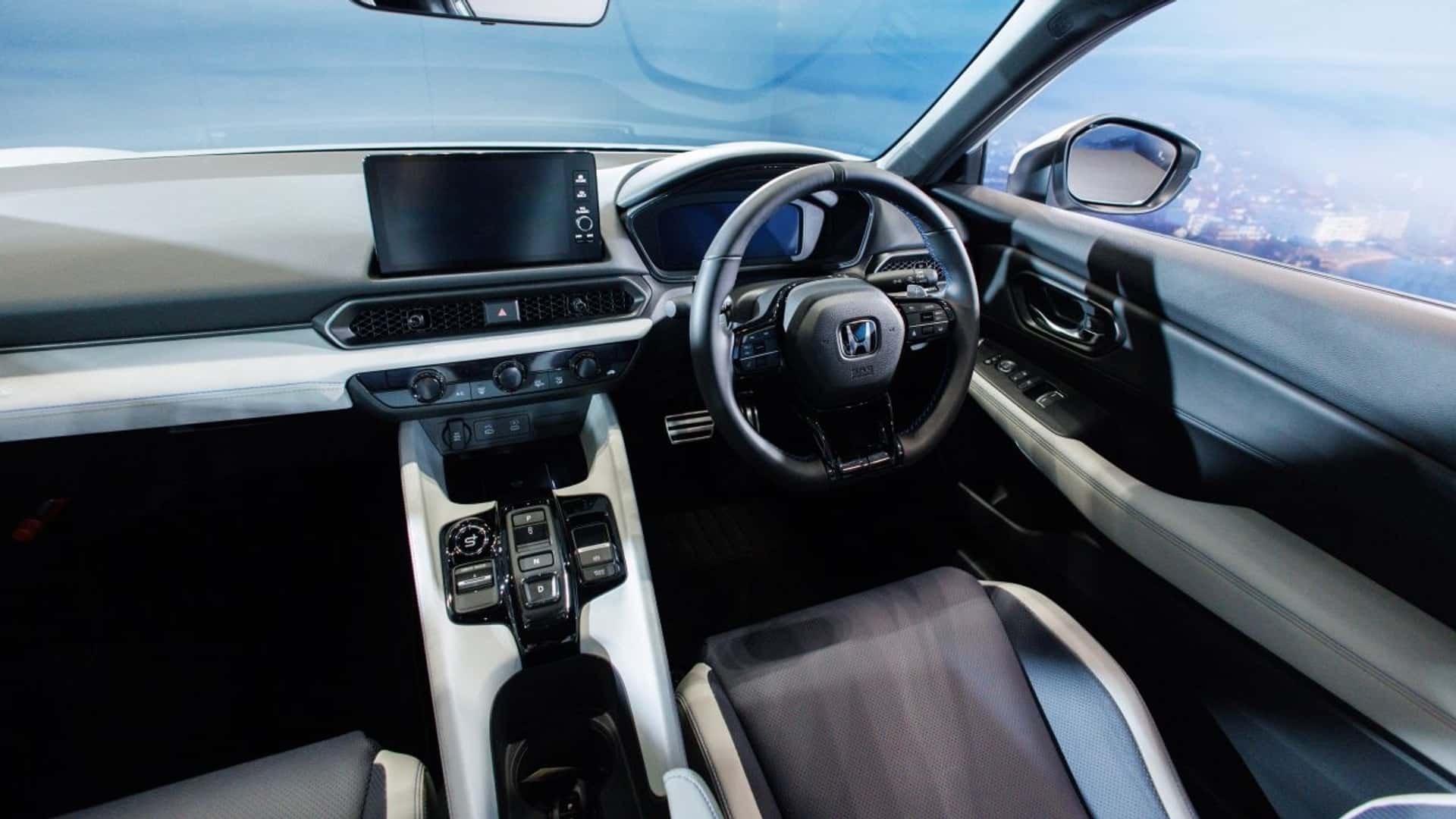TOYOTA GAZOO Racing (TGR), the high-performance arm of the Japanese carmaker, has finally revealed details of the manual transmission for the GR Supra. It is part of a number of updates for the model which is now in its third year of production.
Available only for the 3-litre versions as well as a limited-run A91-MT Edition model, the manual transmission has been engineered and tuned specifically for use with the straight-six engine. The engineering team modified an existing transmission housing, driveshaft and gearset and removed elements that were not required, such as the acoustic package, which reduced weight.
At the heart of the transmission is a newly engineered large diameter clutch with a reinforced diaphragm spring. The larger friction area and a stronger spring are deemed necessary for the GR Supra’s high-torque engine which generates up to 500 Nm in standard form. The newly developed 6-speed manual gearbox is described as an ‘intelligent Manual Transmission’ (iMT) and has software that prioritizes sporty performance when required.
With an automatic, it’s possible to use second gear when pulling away uphill when opposite wheels are on surfaces with different grip levels – eg when the car is parked on partly icy road, progress is smooth with no rolling back or wheelslip.
With a manual gearbox, first gear must be used and releasing the clutch brings a greater risk of wheelspin. To address the issue, the TGR engineers tuned the car’s TRAction Control (TRAC) system for smoother operation like that experienced with an automatic. The system is also optimized for the GR Supra’s characteristic high engine torque, wide tyres and rear-wheel drive.
The car’s behaviour when accelerating out of a corner is a key element in the ‘Fun to Drive’ quality Toyota promises with the GR Supra. For the manual version, the traction control has again been the focus to ensure an ideal balance of agility and stability when exiting a corner on the throttle. TRAC intervention has been calibrated to maintain stability – so the car keeps faithfully to the driver’s intended line – while allowing the right amount of power for a sporty experience.
The ambition to make the GR Supra fun to drive in the most demanding scenarios inspired the introduction of a new Hairpin+ function. This is designed to allow experienced drivers more freedom and reward when taking tight bends on an uphill gradient (more than 5%) with a high-friction road surface. More ‘freewheel’ spin can make such routes more enjoyable to drive, so the engineers optimized engine torque control to allow a greater difference in the degree of wheelspin on the left and right-side tires.
To counter the possibility of ‘snap-off’ oversteer – something that may be hard to control with the car’s Vehicle Stability Control (VSC) alone – an Anti-Roll Program has been included for both the manual and automatic versions. This intervenes at an earlier point with the VSC to cover any sudden loss of grip when the car’s high-response suspension setting it used.
In addition, the Track mode has been tuned to allow for easy drifting with freedom of throttle control. The vehicle remains agile, but there is less risk of spinning thanks to specific engine and torque control.
When upshifting, the parameters are tuned to optimize engine torque at the moment of clutch engagement and release; on downshifts, the software has been fine-tuned for consistent performance with rev-matching. The iMT is set as the default but, if the driver prefers, it can be switched off in Sport mode. To avoid a sluggish take-off and a low in-gear acceleration feel, the final drive ratio has been shortened, from 3.15 (in the GR Supra automatic) to 3.46 (in the GR Supra MT).
The lever ratio was specifically set to minimize the effort required to make shifts and engage reverse gear. The weight and shape of the 200 gm gear knob, along with the quality of shift engagement, have all been precisely defined. Just as with the GR Yaris, close attention was also paid to how a manual shifter could be accommodated in the cockpit of the GR Supra.
Just as with the GR Yaris, close attention was also paid to how a manual shifter could be accommodated in the cockpit of the GR Supra. Ergonomics were studied thoroughly and the console unit and position of the drive mode selector were adjusted to provide a 43 mm clearance between the shift knob and the control panel. The spherical shift knob has also been shaped to allow a firm grip.
In addition to the new manual transmission, TGR has also further refined the steering and suspension with modified stabiliser bushings and retuned adaptive variable suspension (AVS) and other chassis control systems to improve handling performance and ride comfort.
For certain versions, the 19-inch forged alloy wheels come with a new design of revised spoke and cross-sectional shapes and premium Titanium Dark Silver finish. They are said to have greater strength and are lighter, with a weight reduction of 1.2 kgs per wheel.
Customers also have three new exterior colours to choose from – Volcanic Ash Grey, Dawn Blue and Avalanche White – while the interior is now available with a tan trim option.
Toyota has not announced pricing for the additional manual version but exports from the factory in Japan will start later this year.
To know more about the GR Supra or to purchase on in Malaysia, visit www.toyota.com.my.




